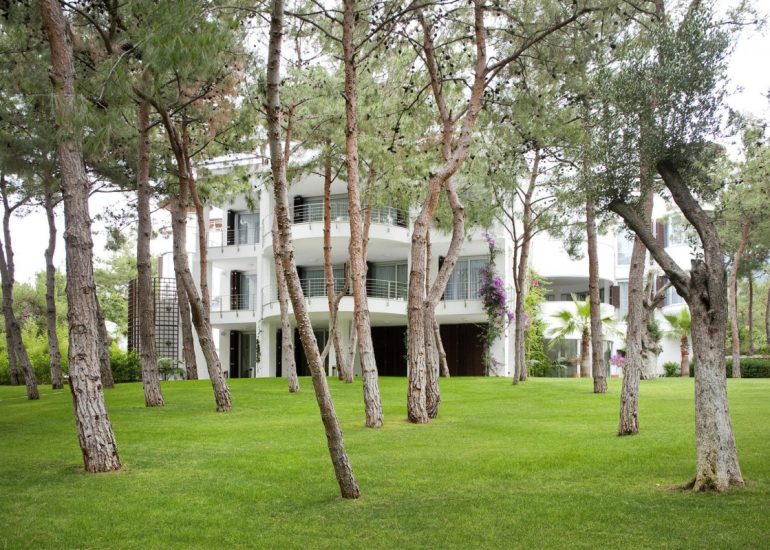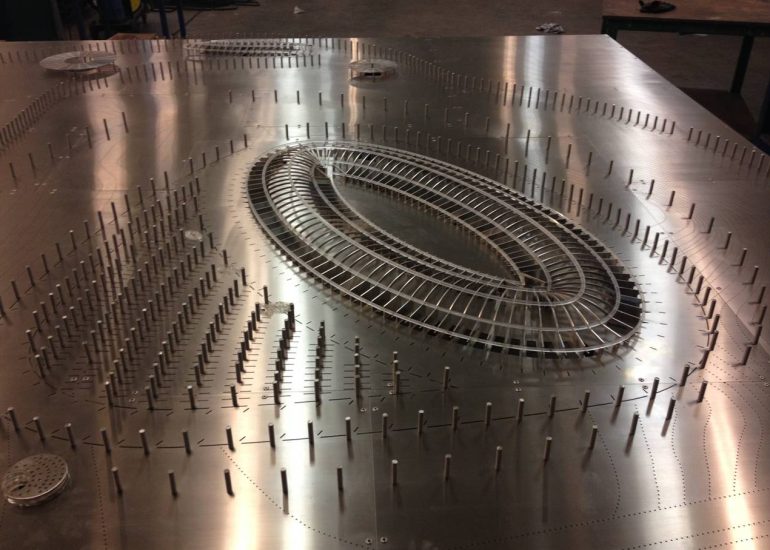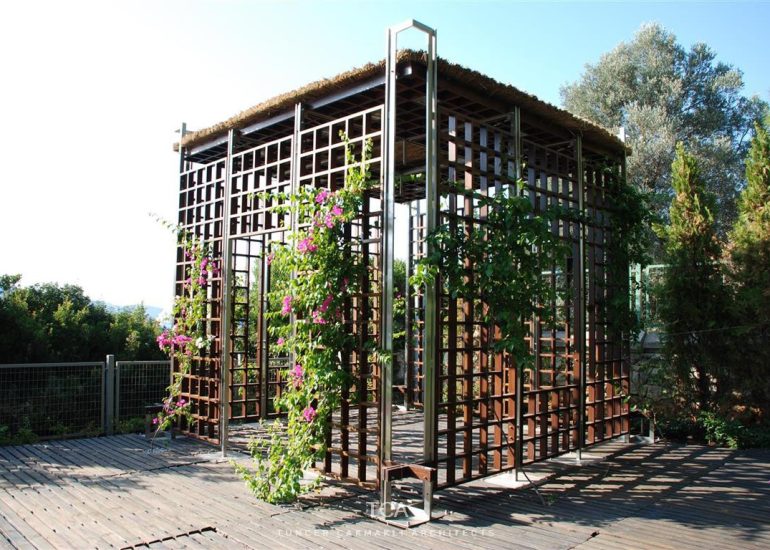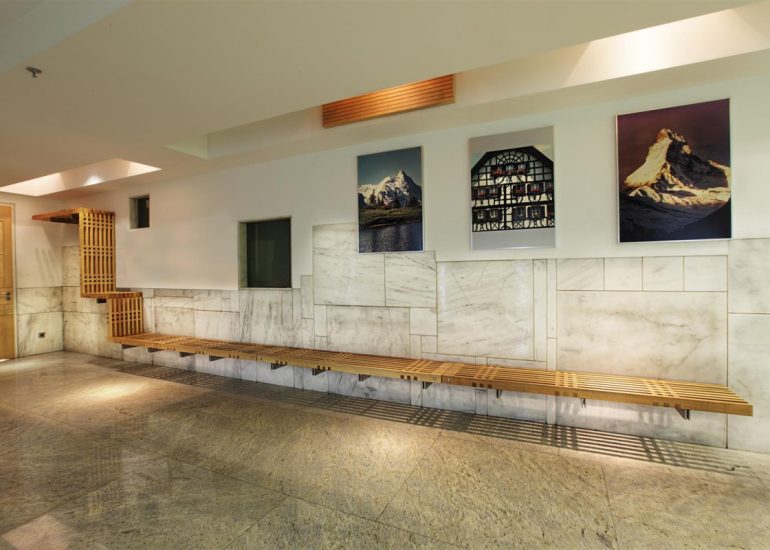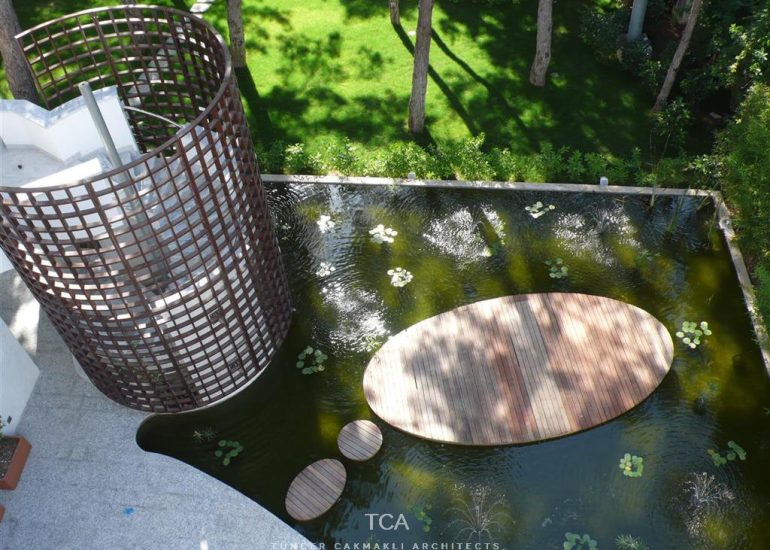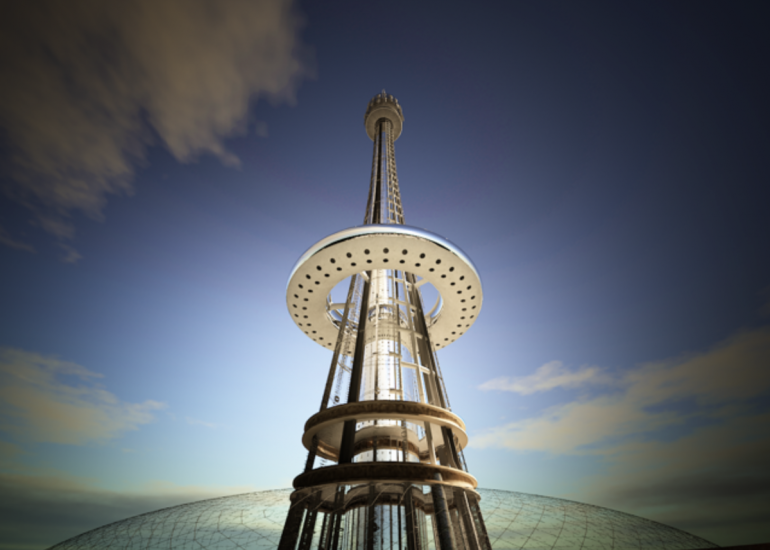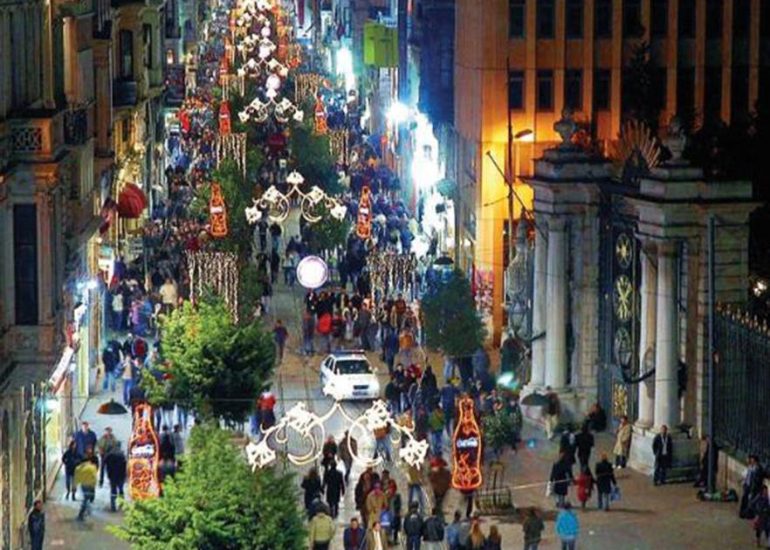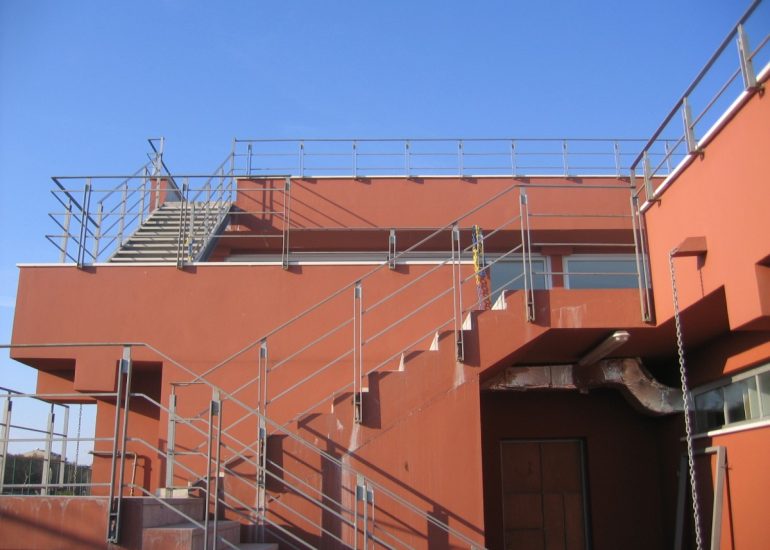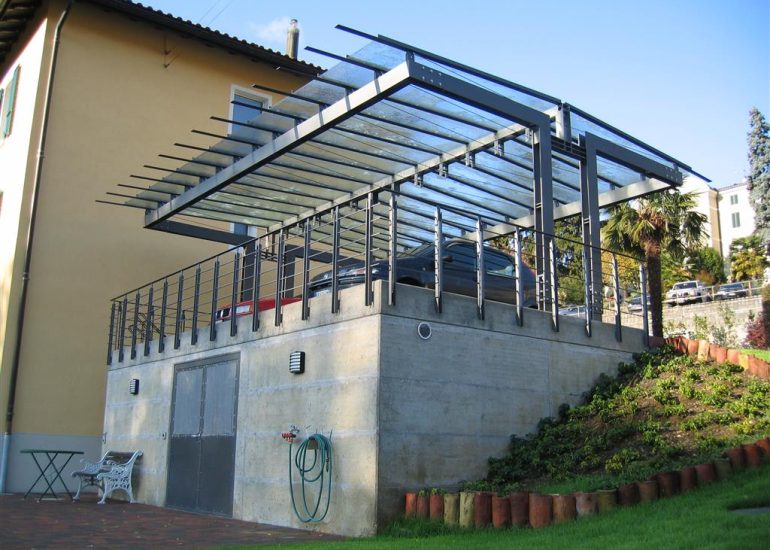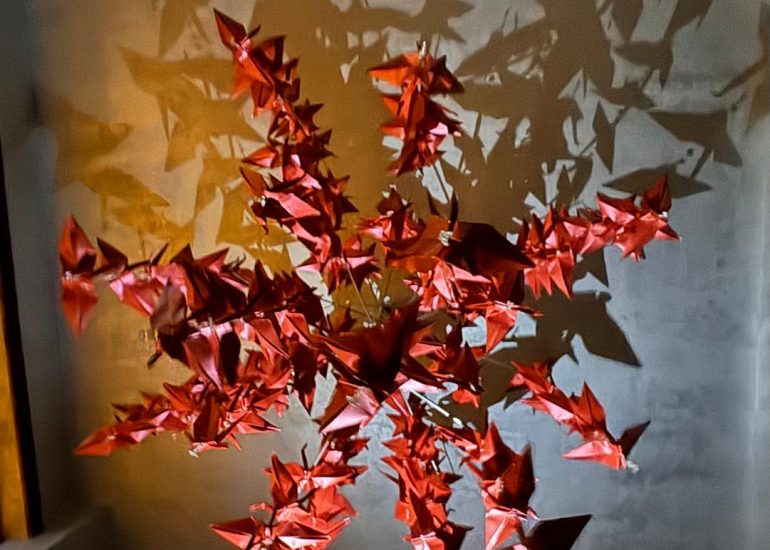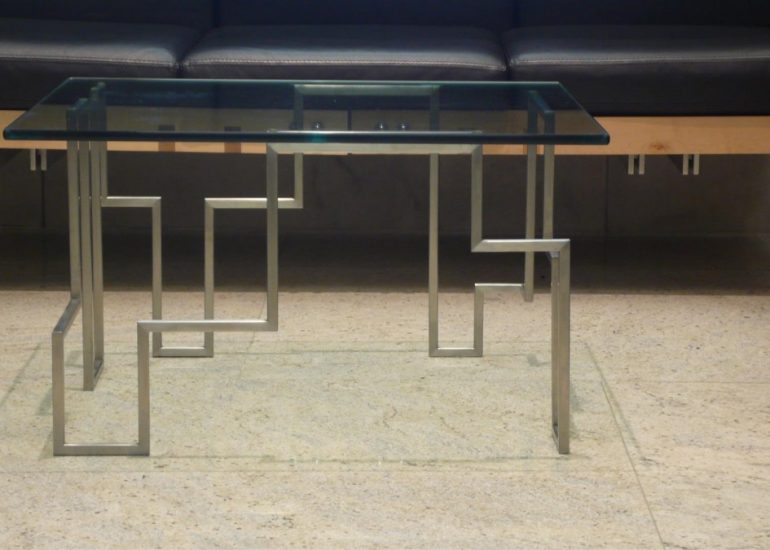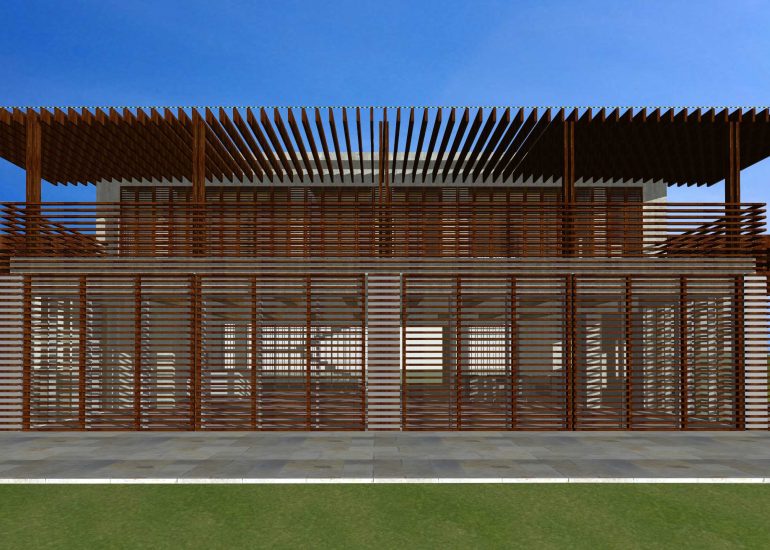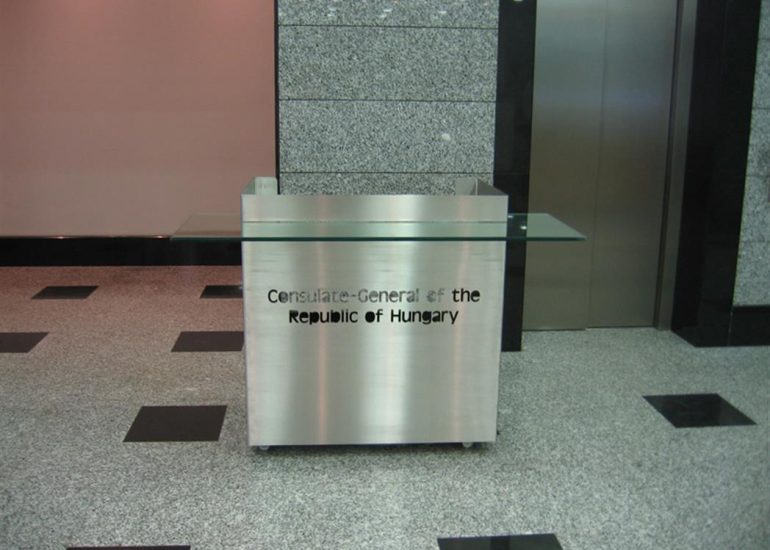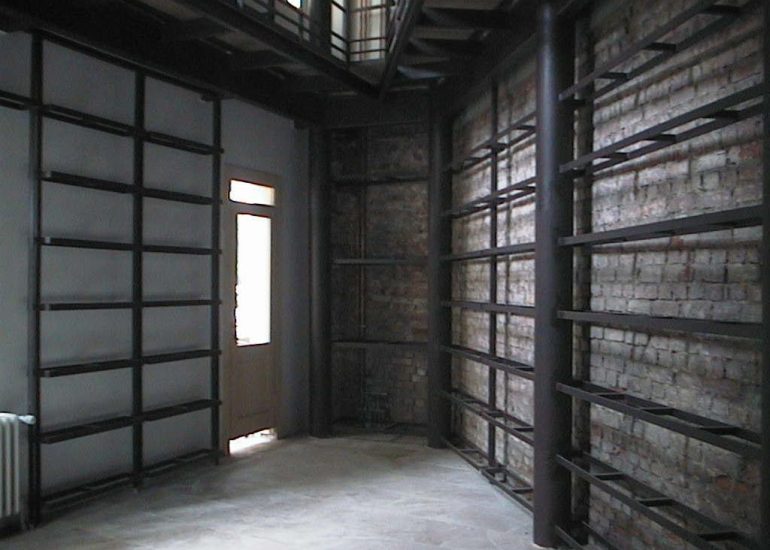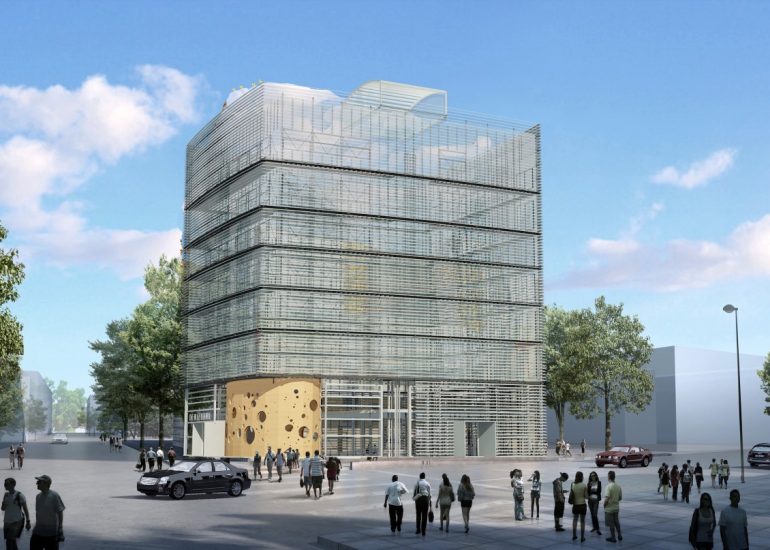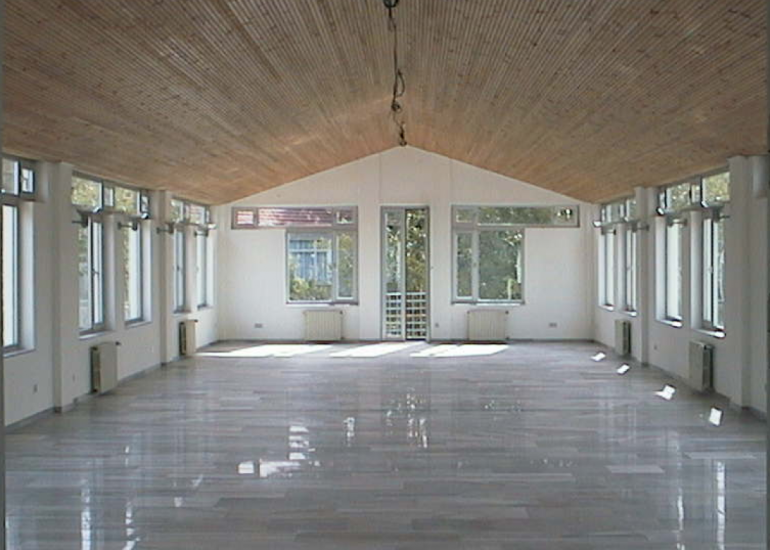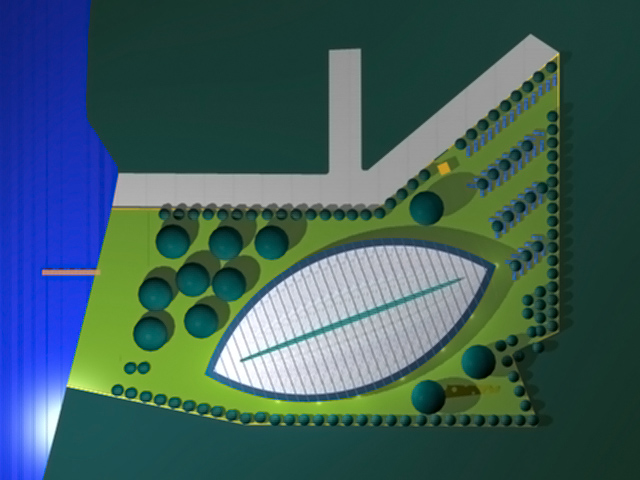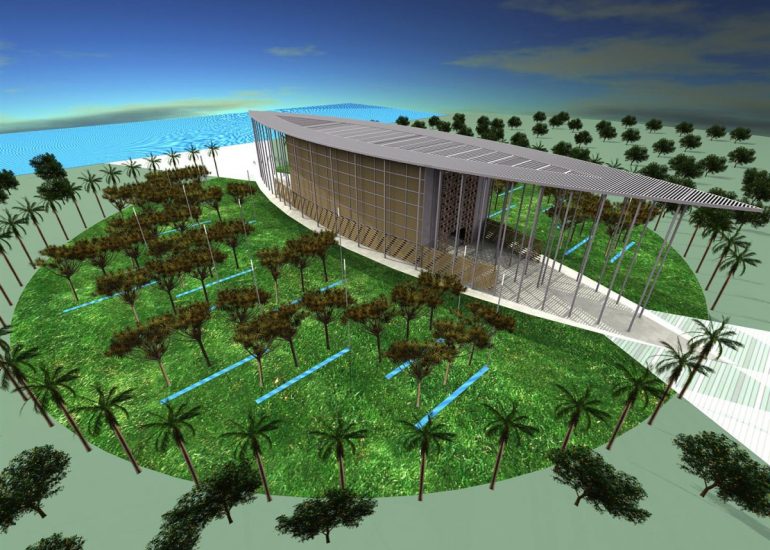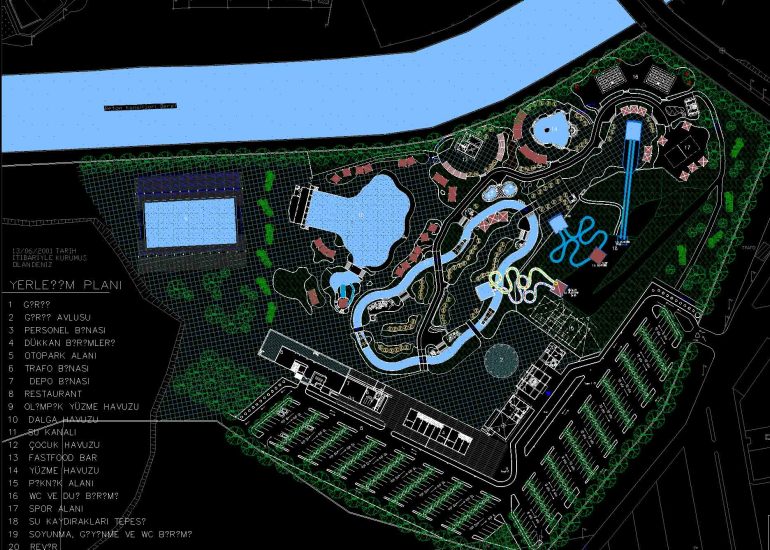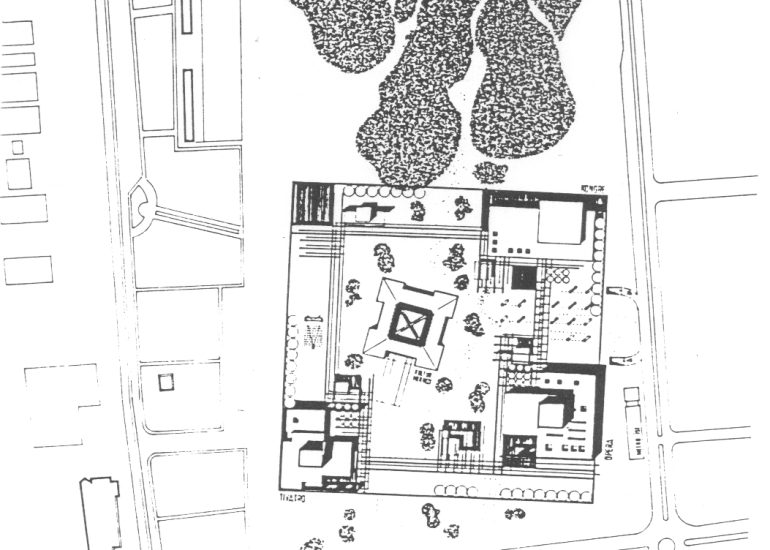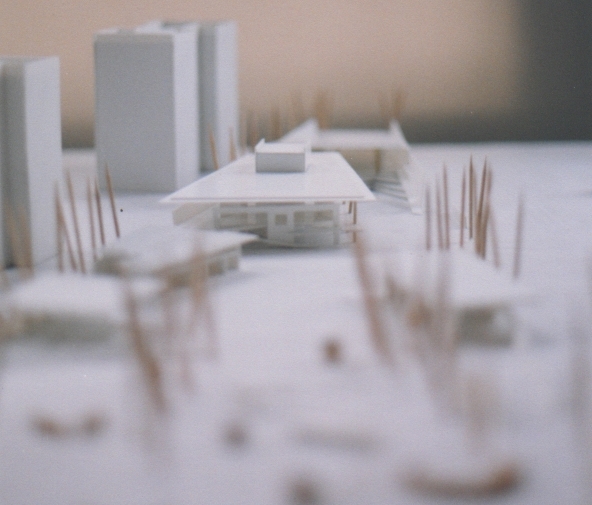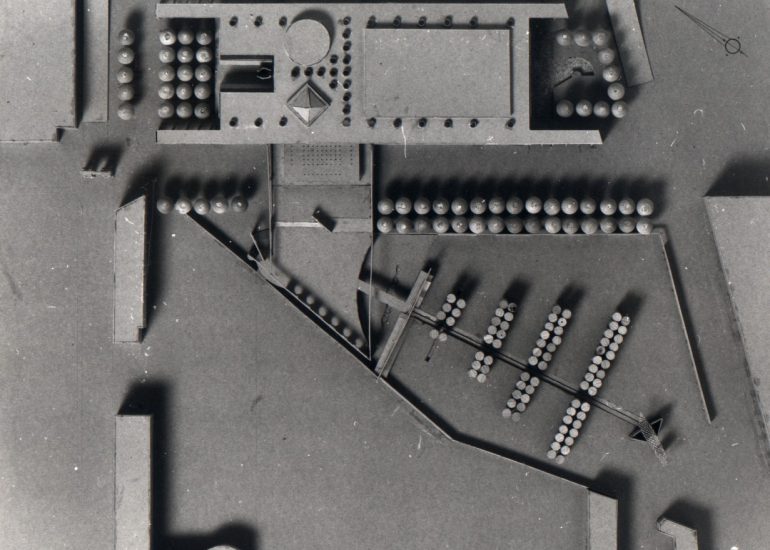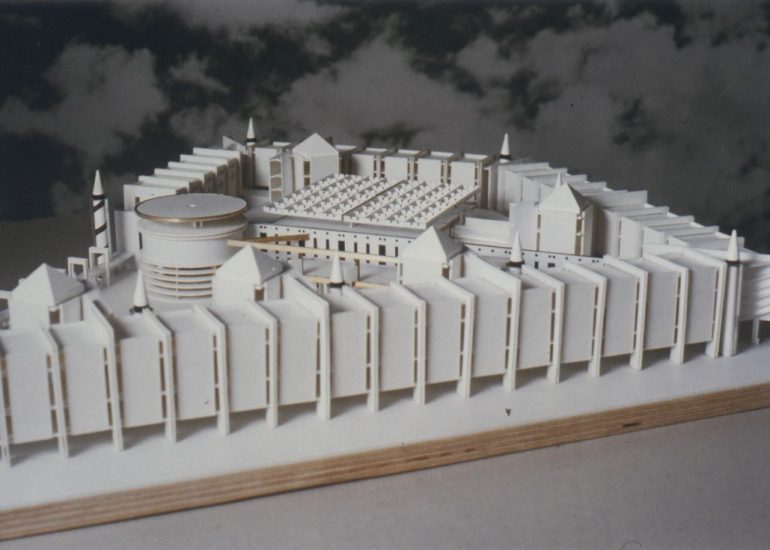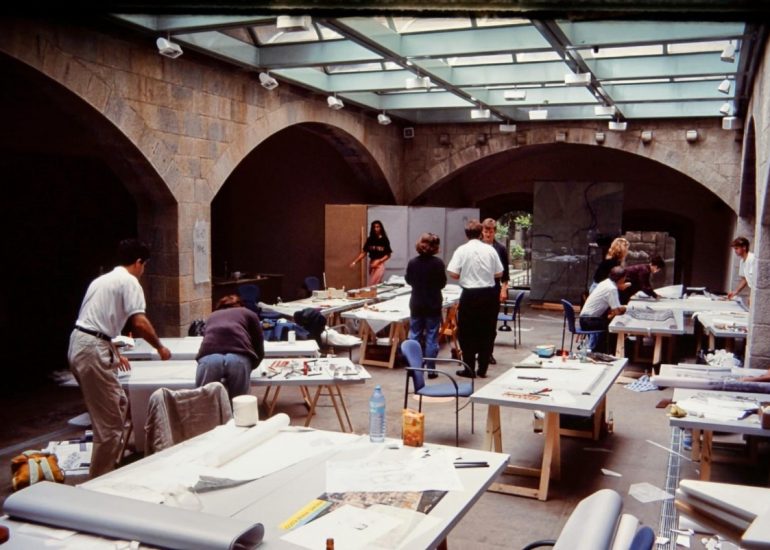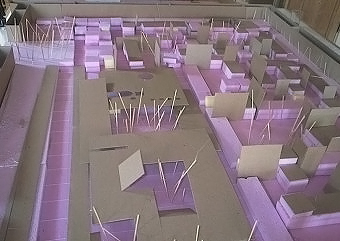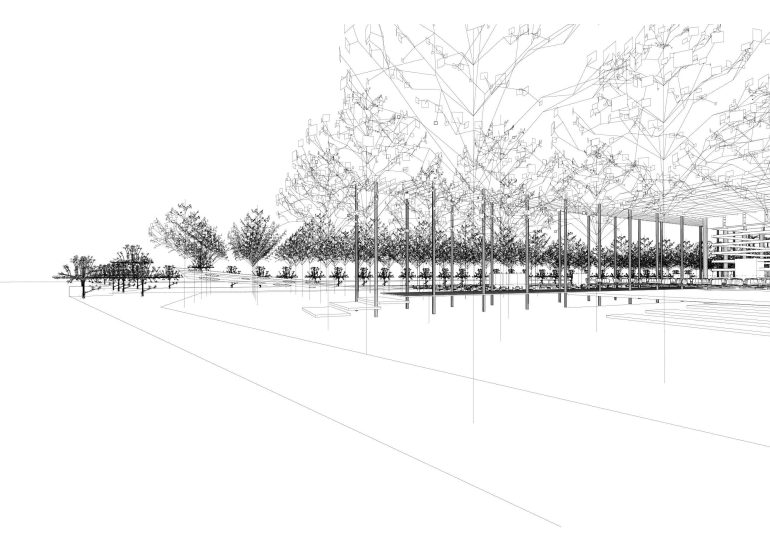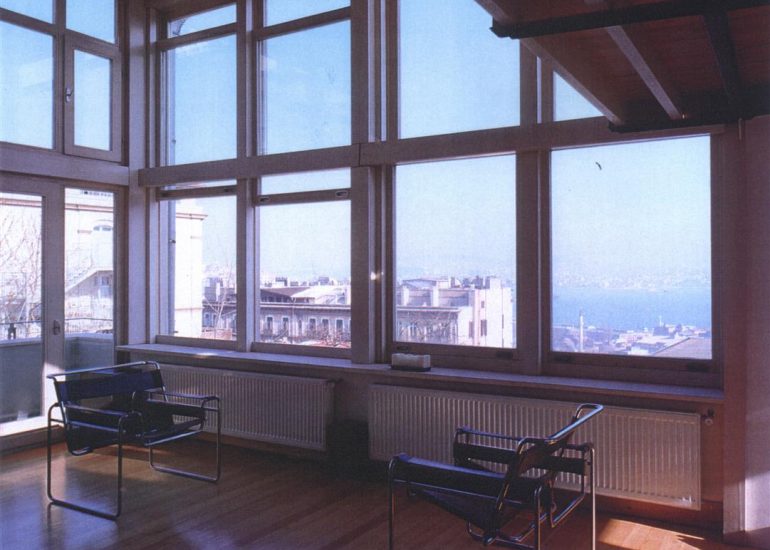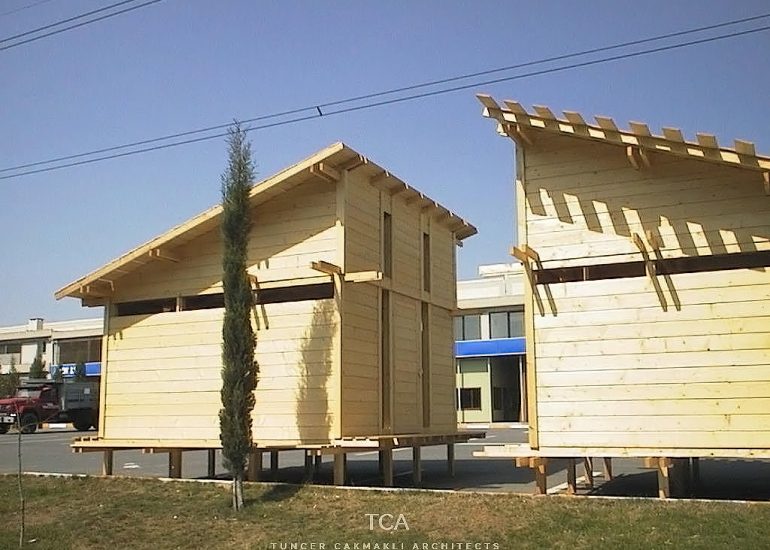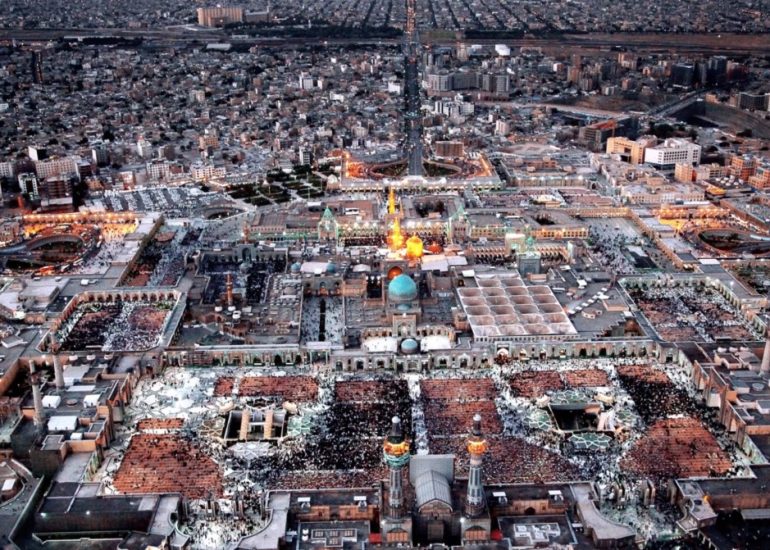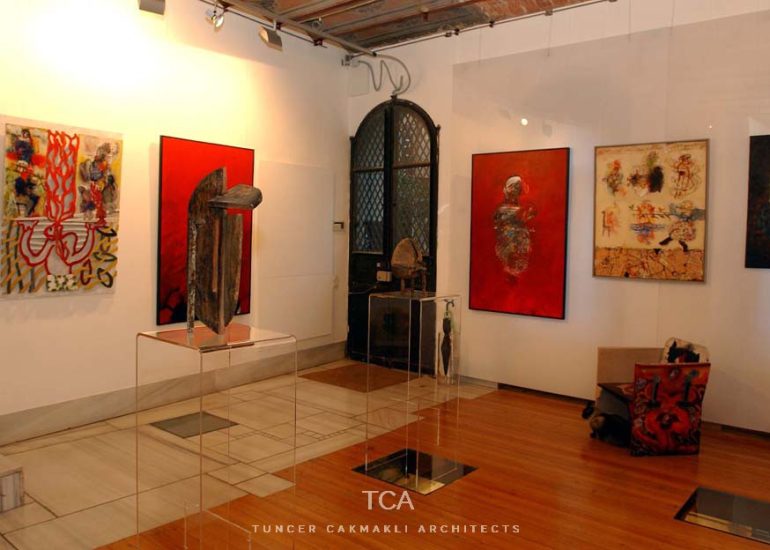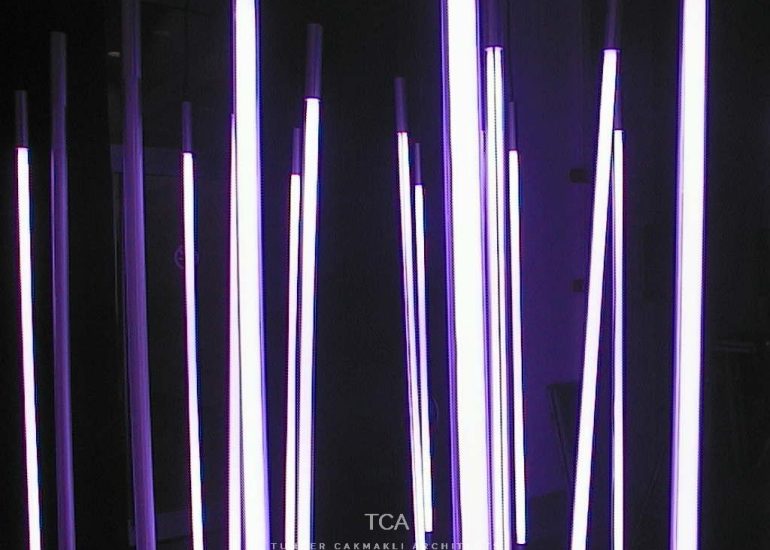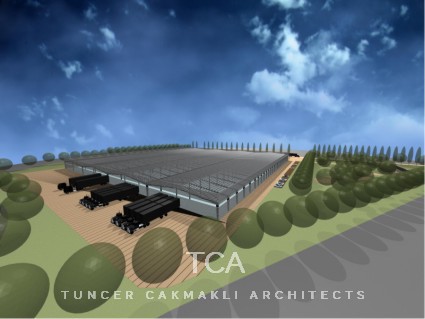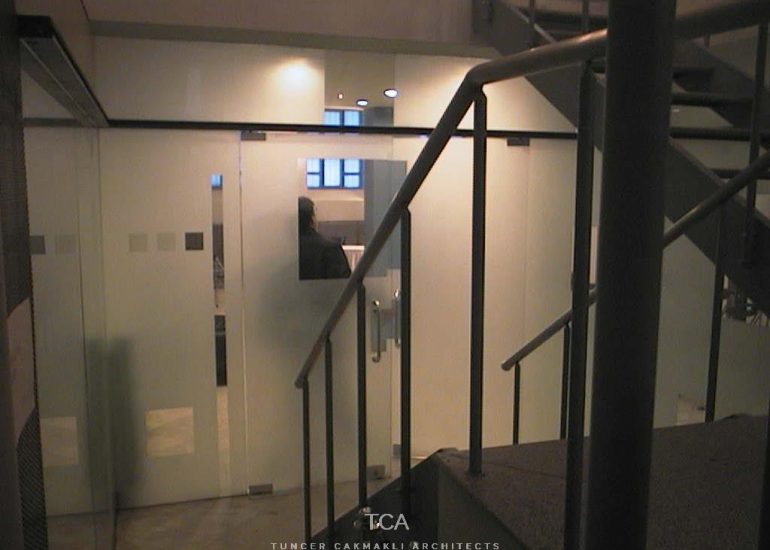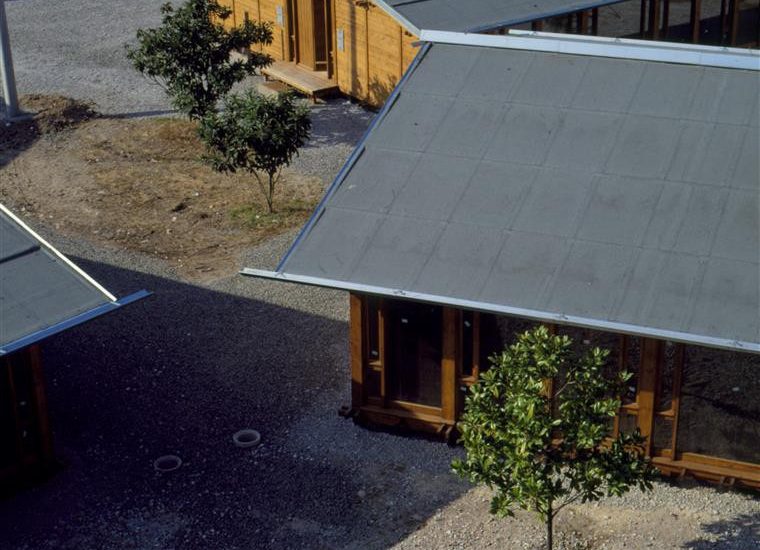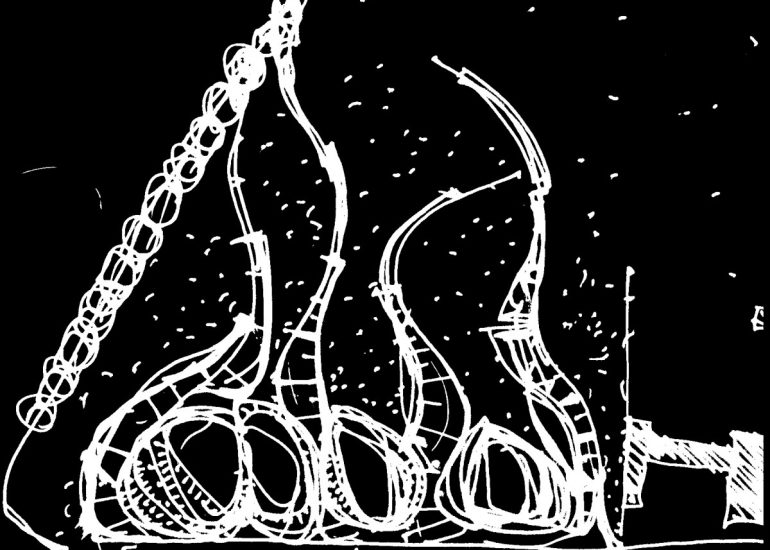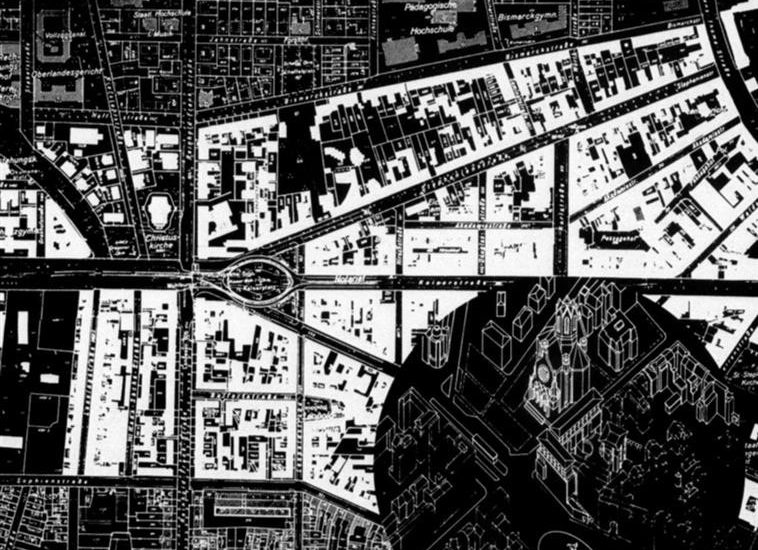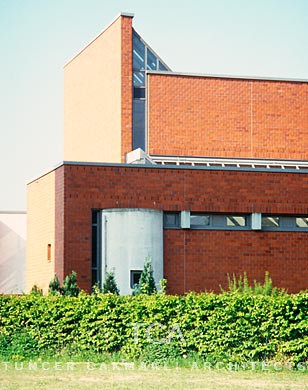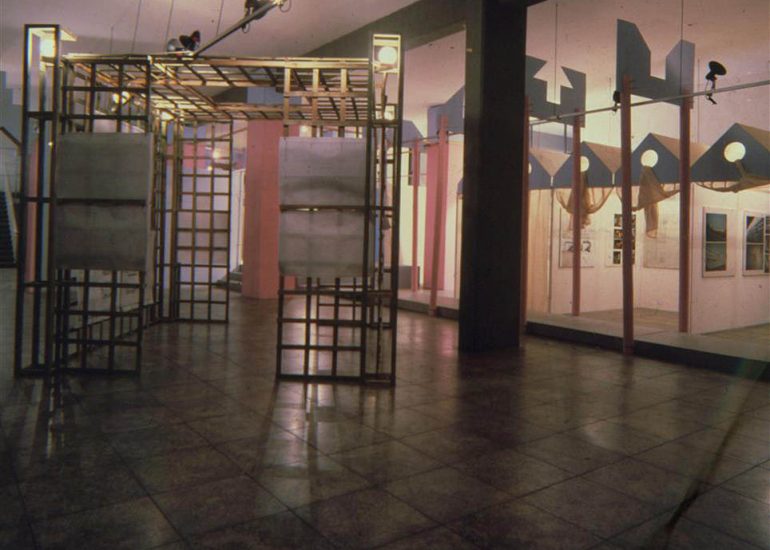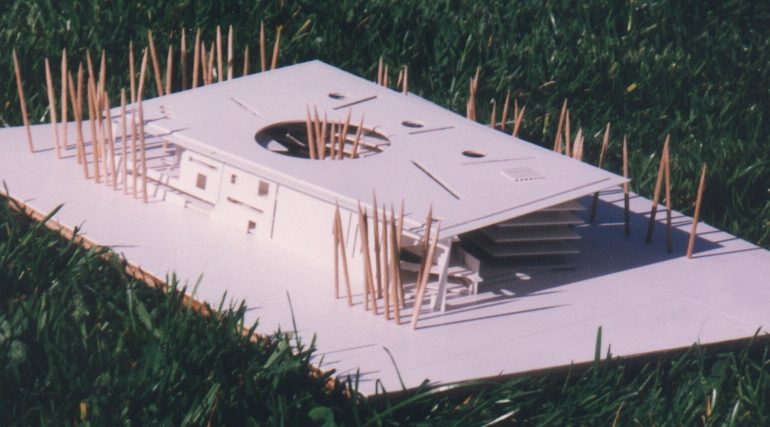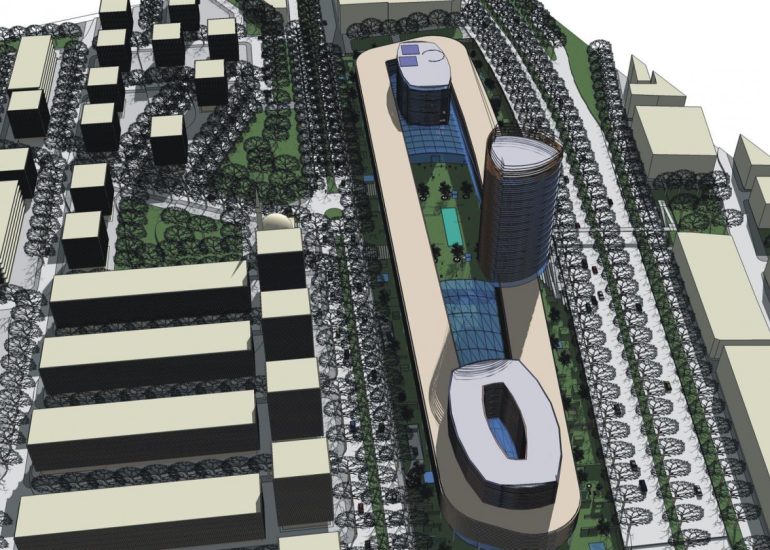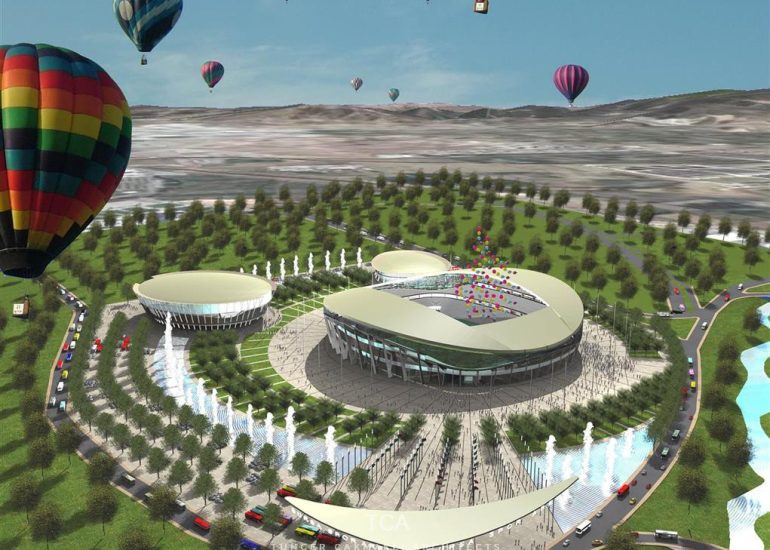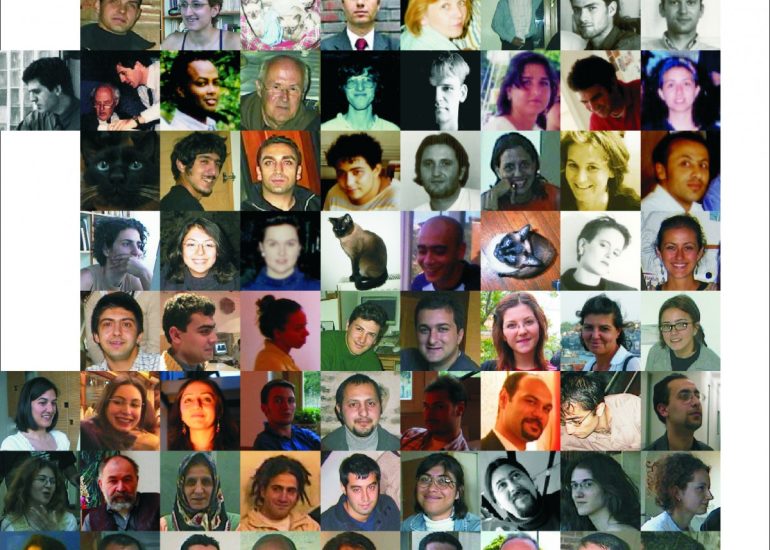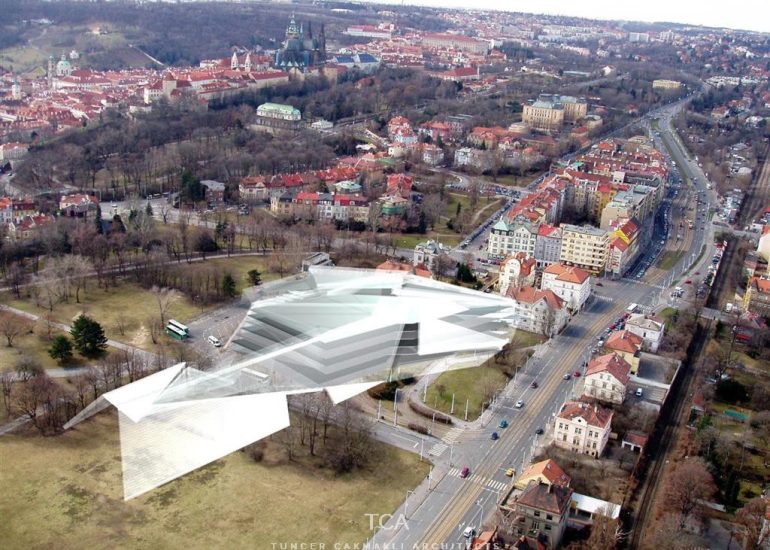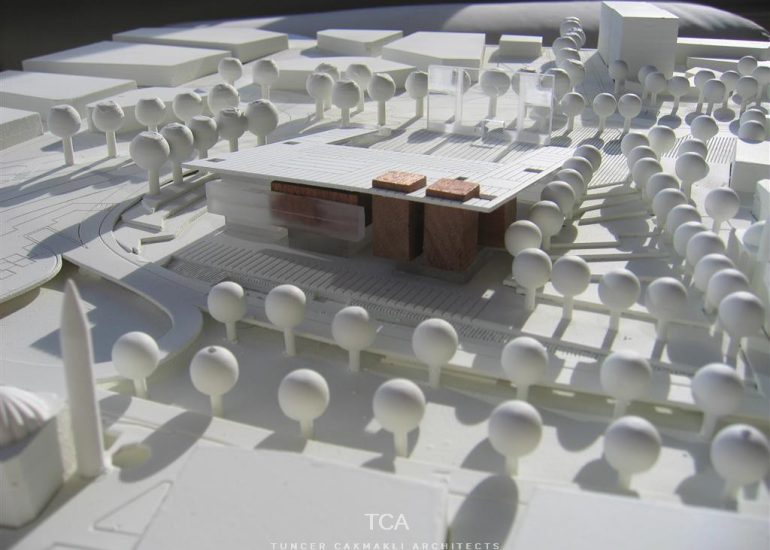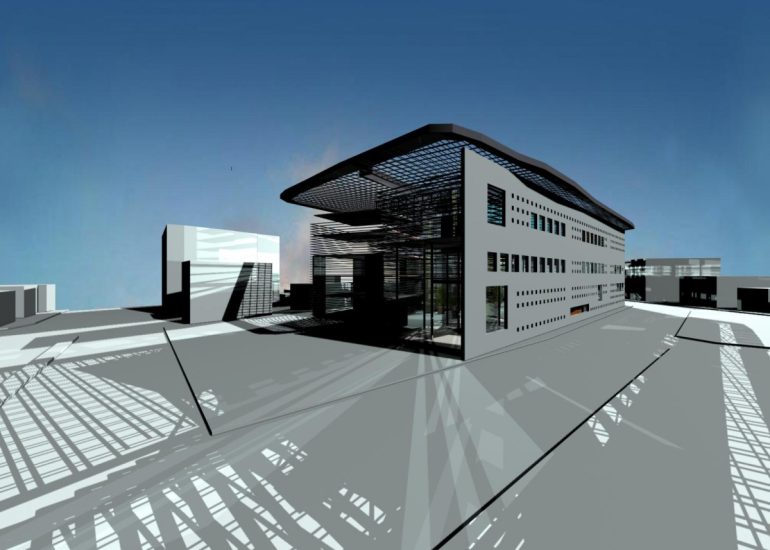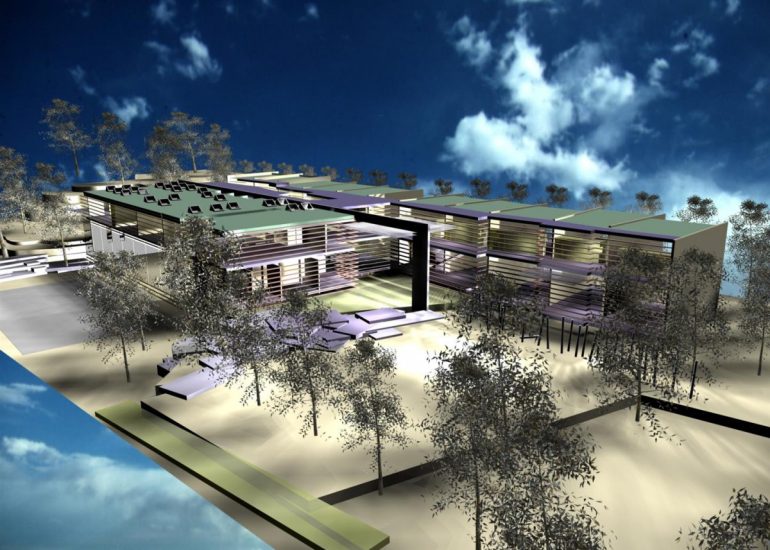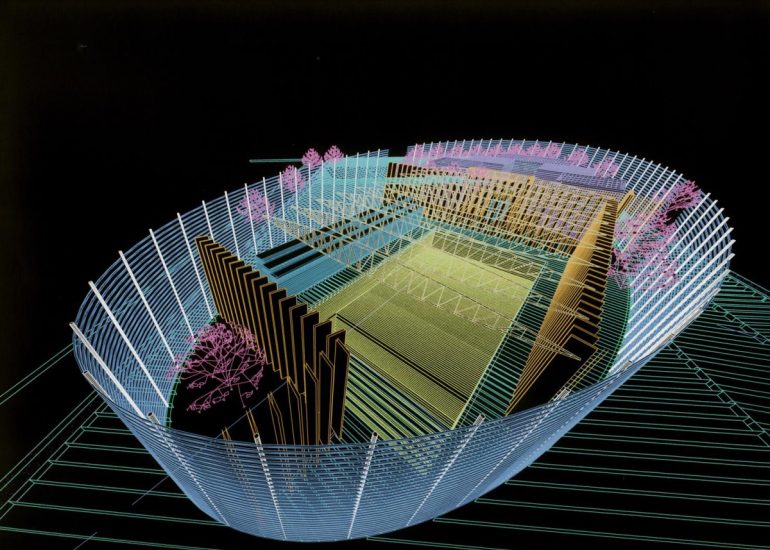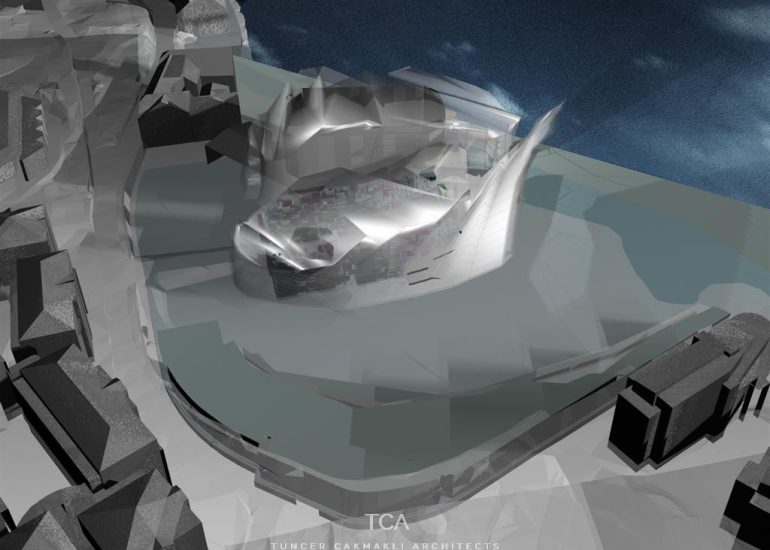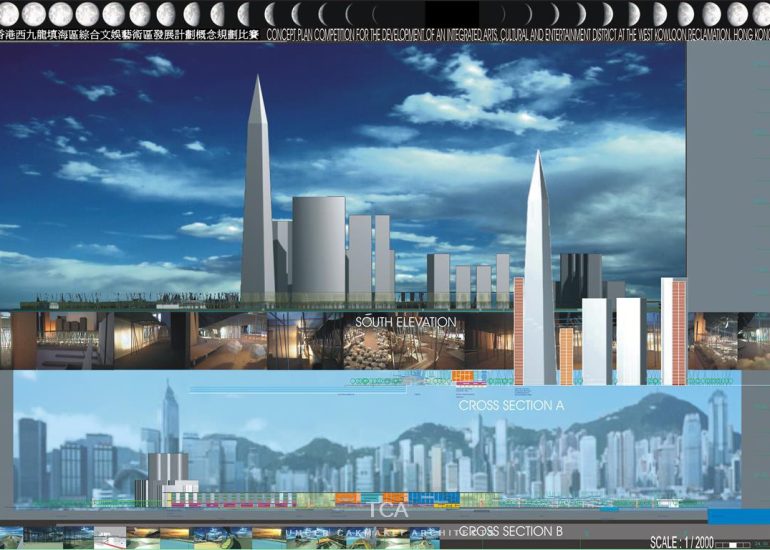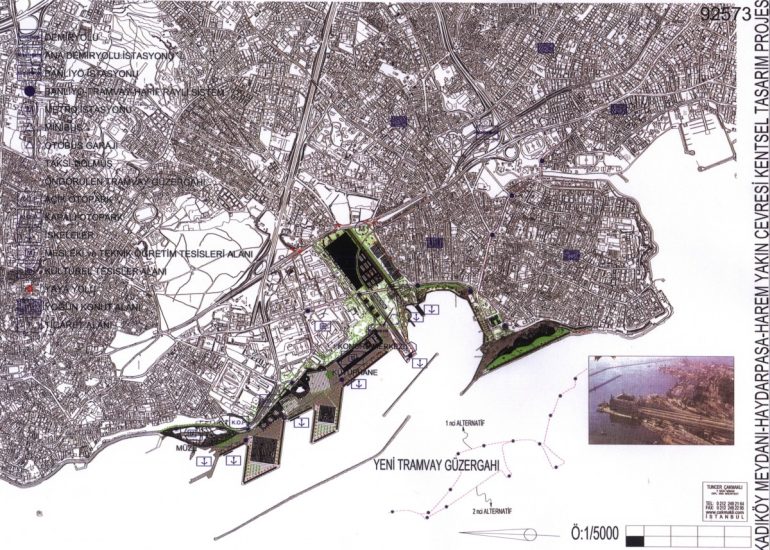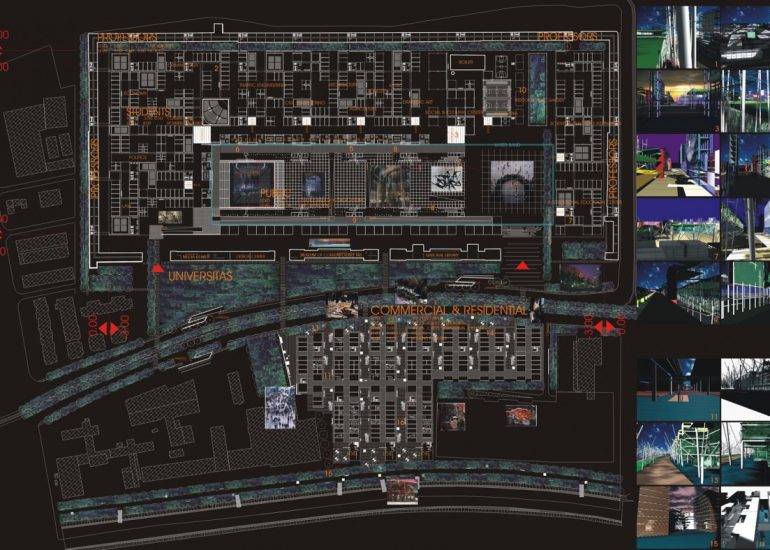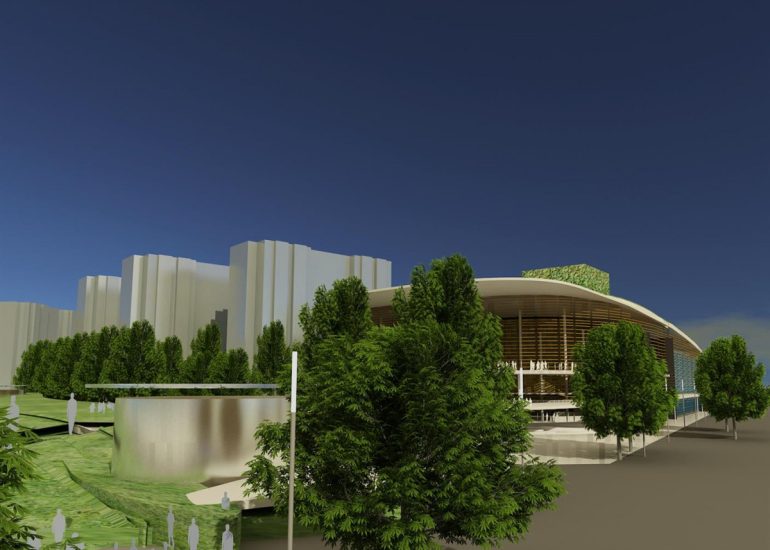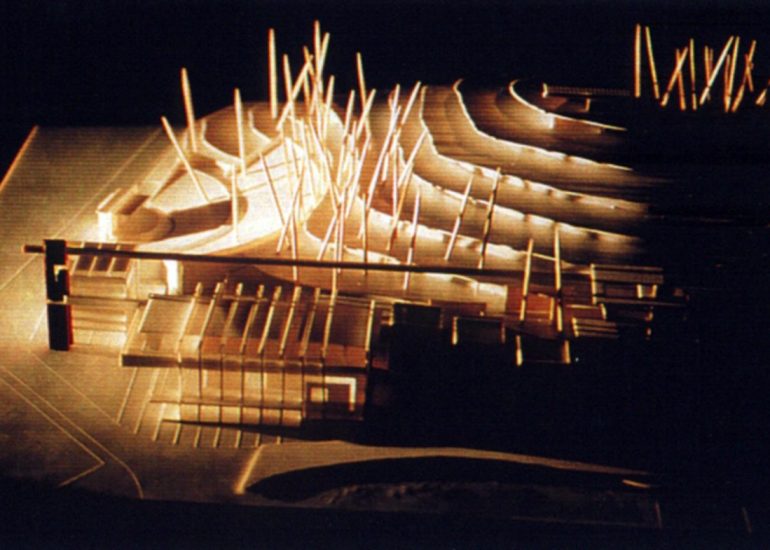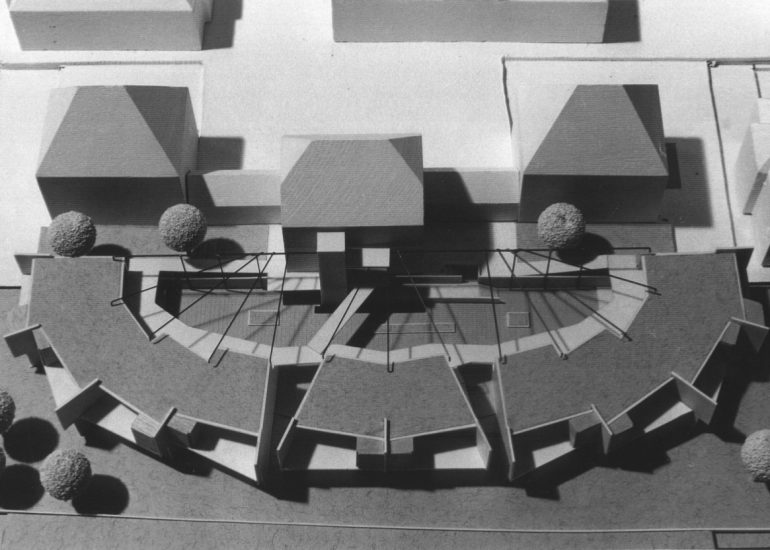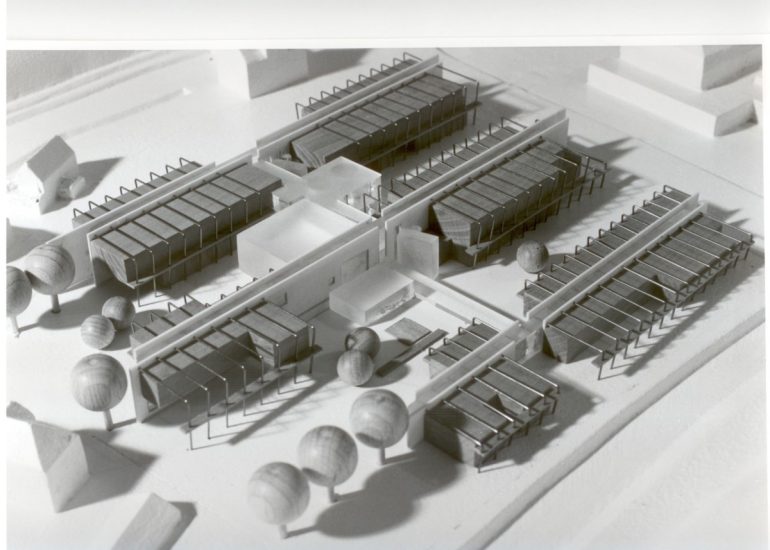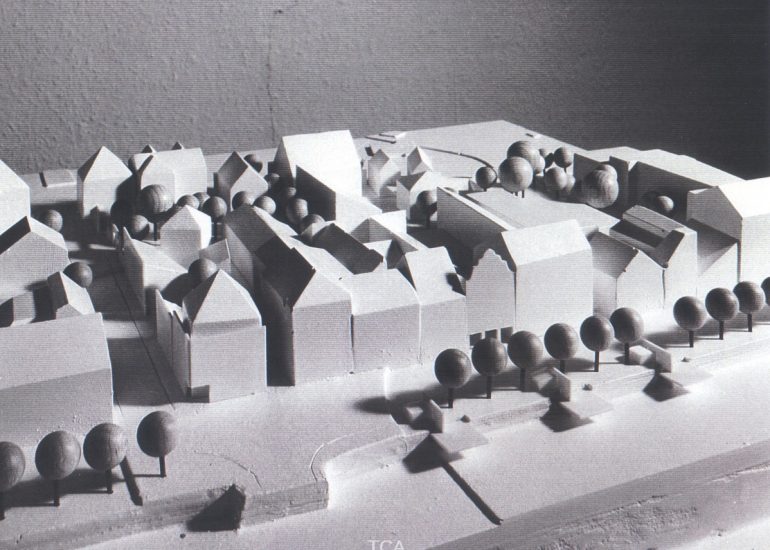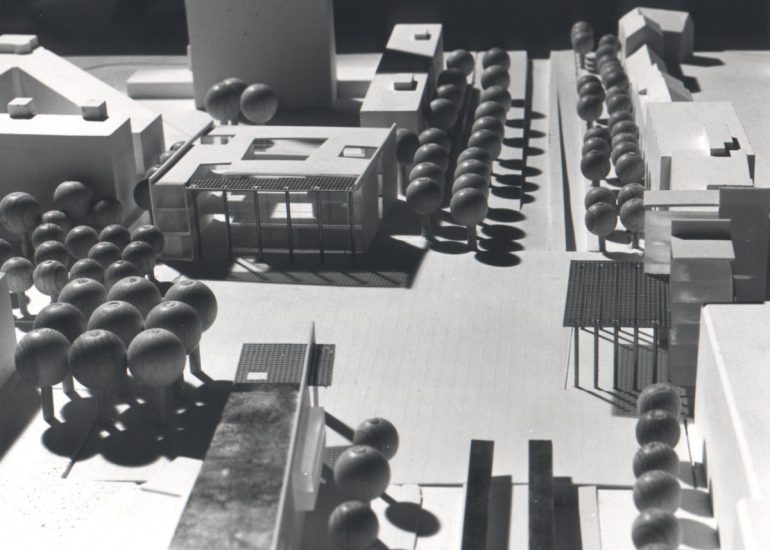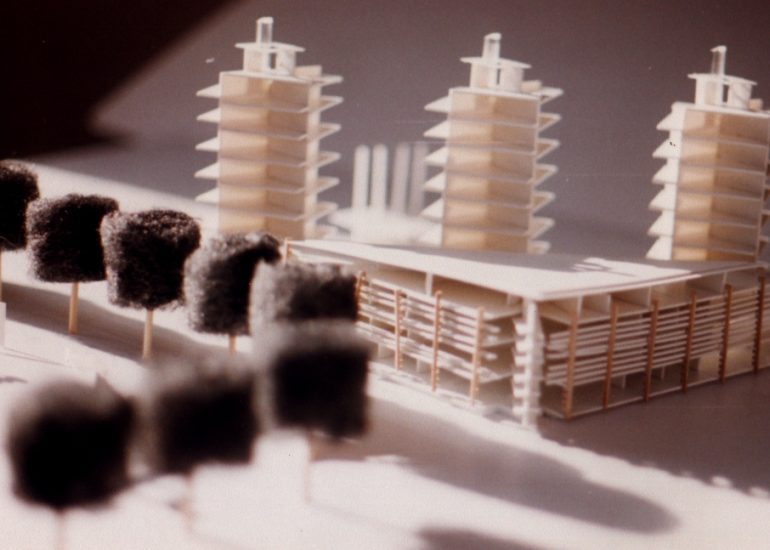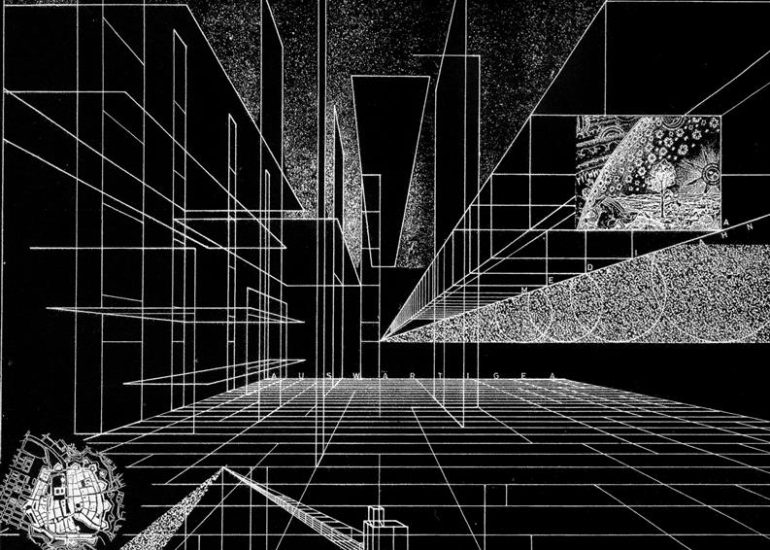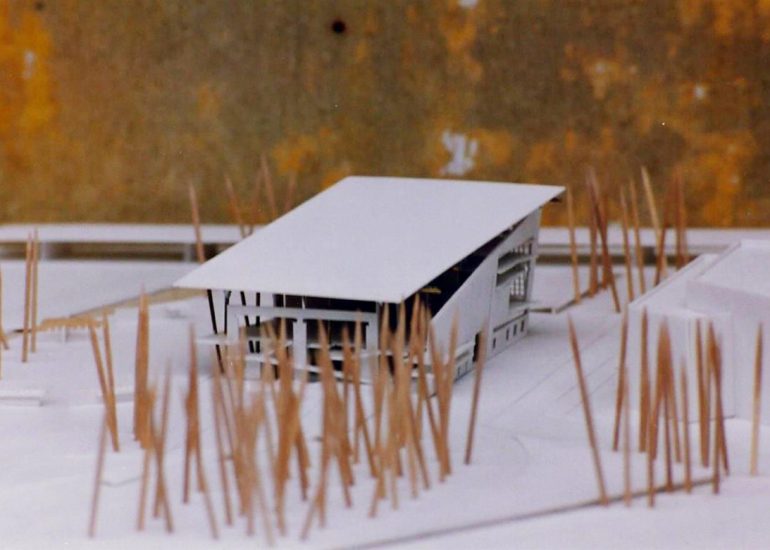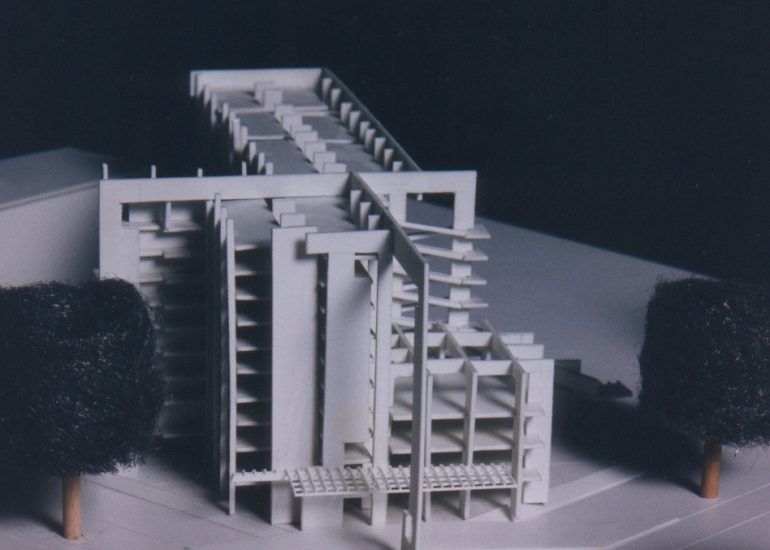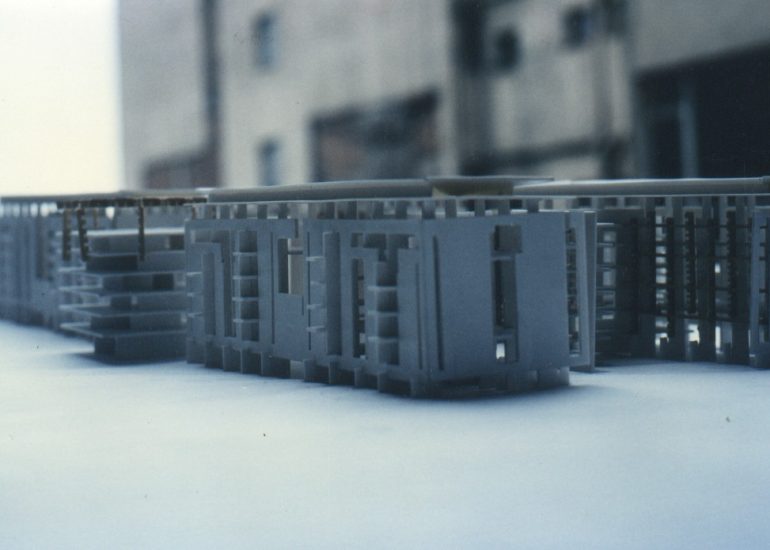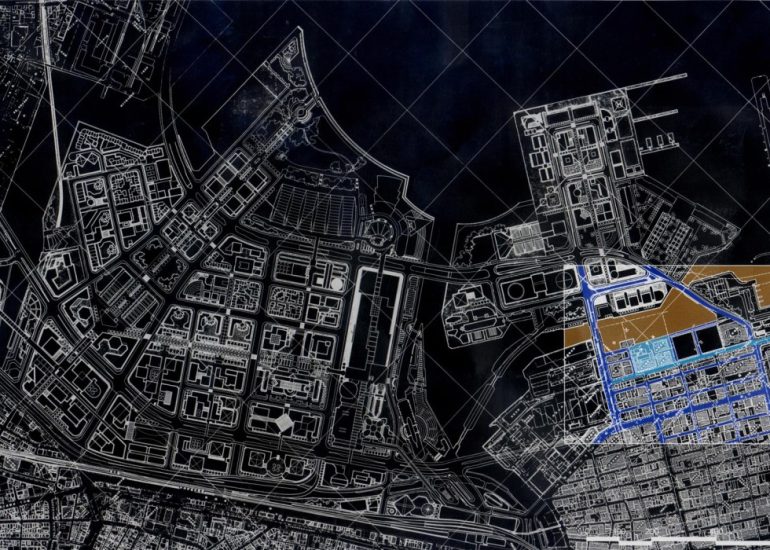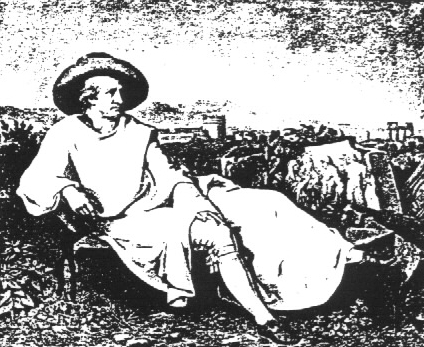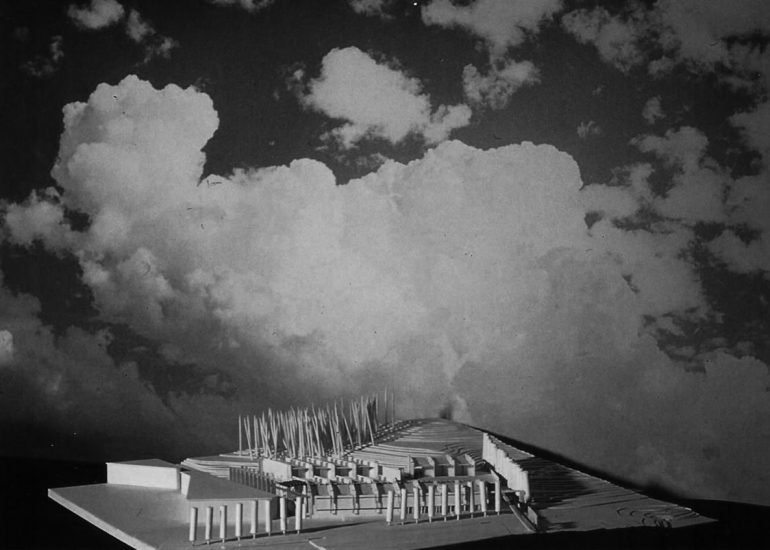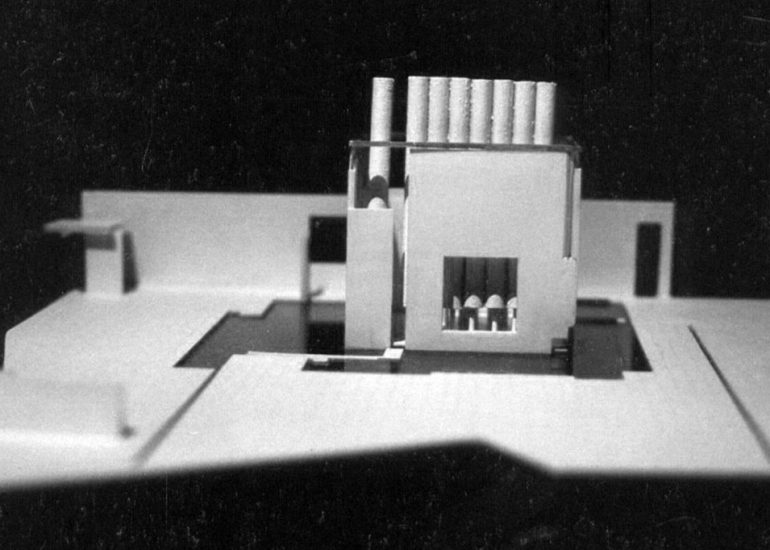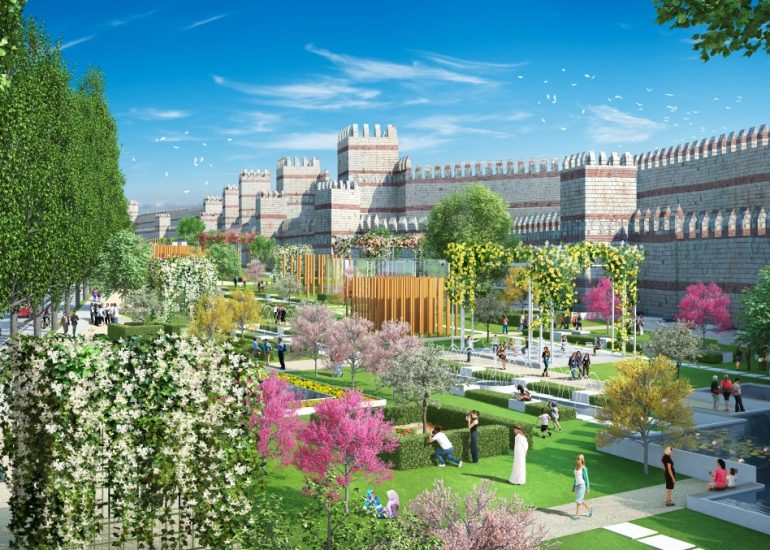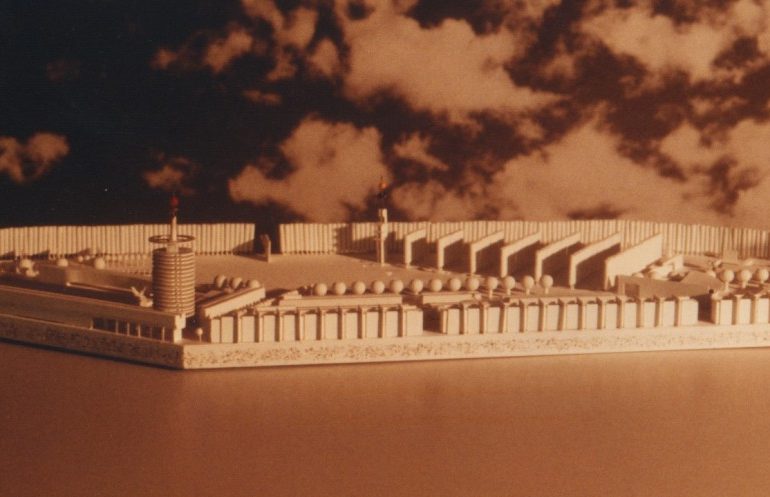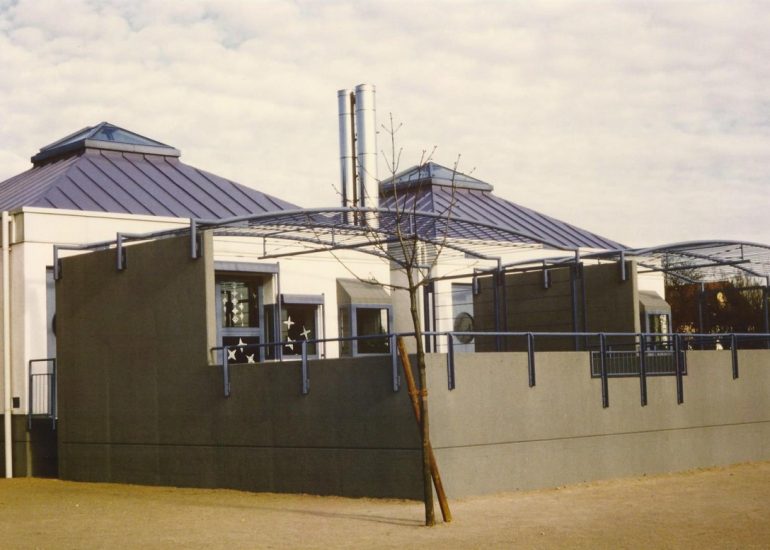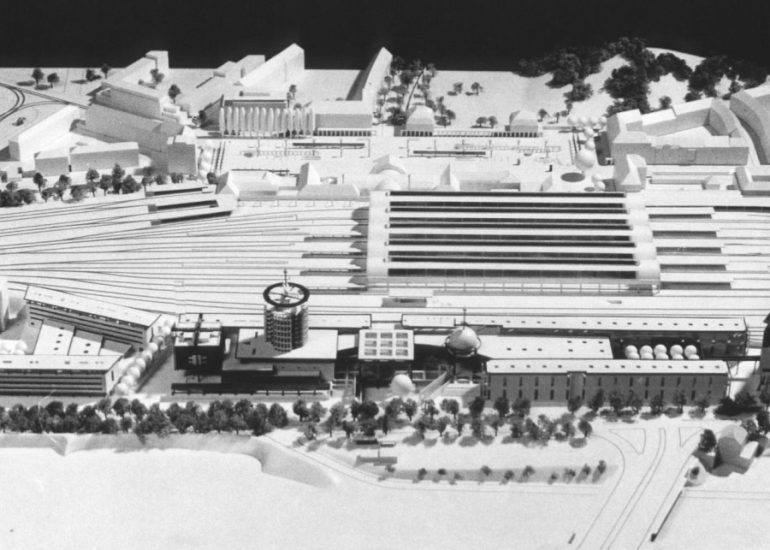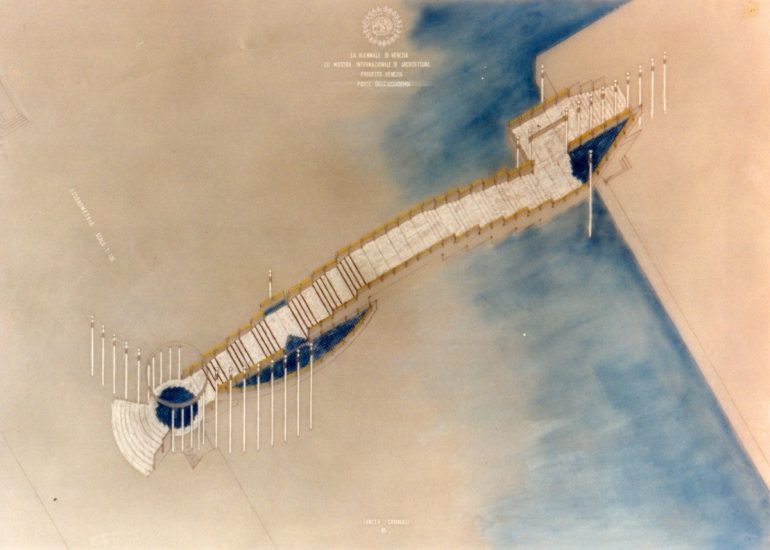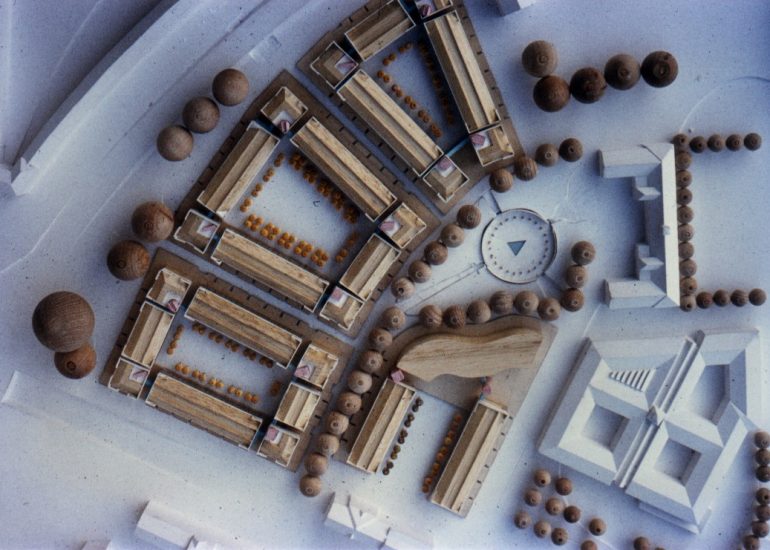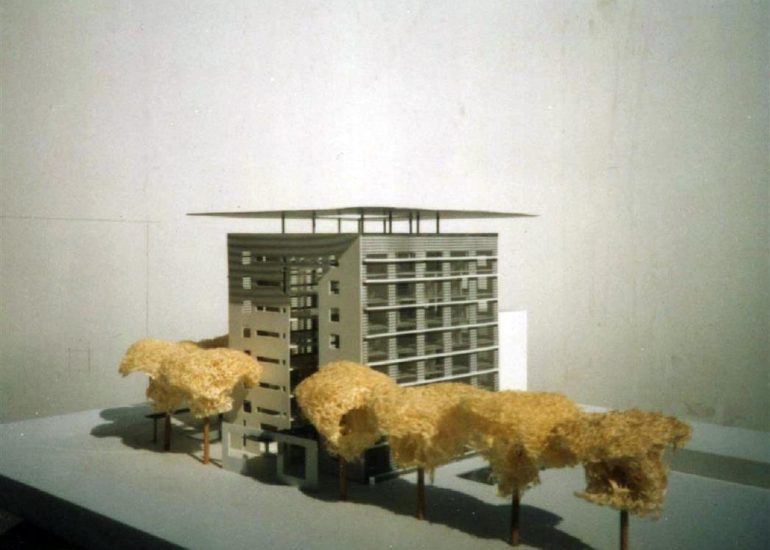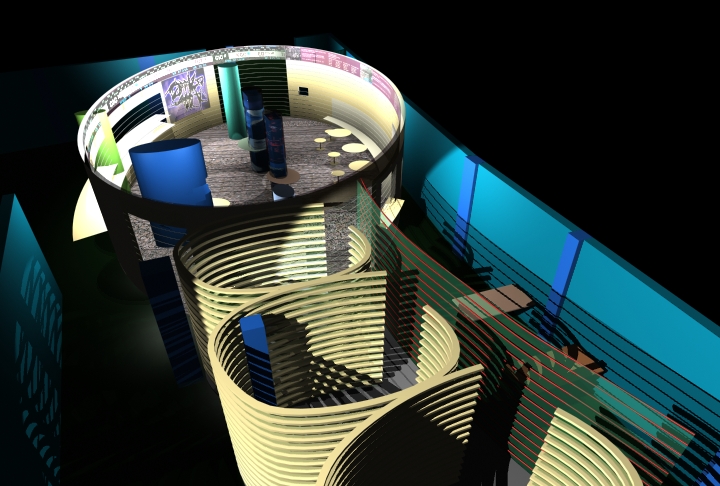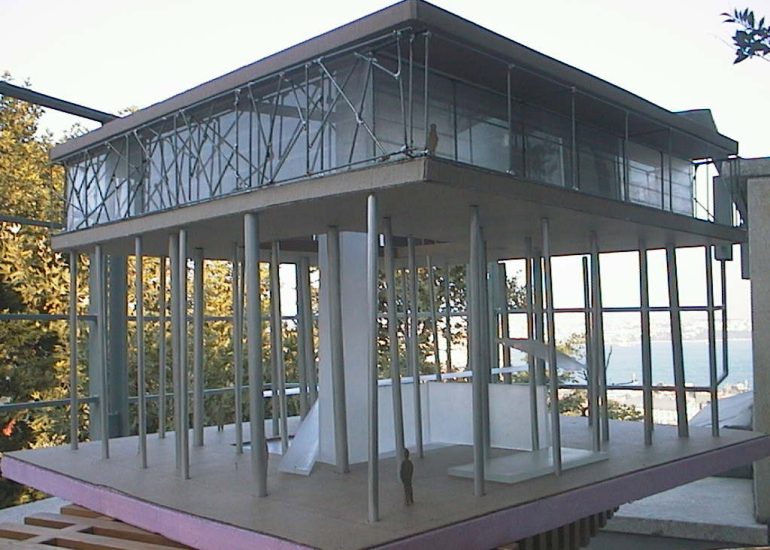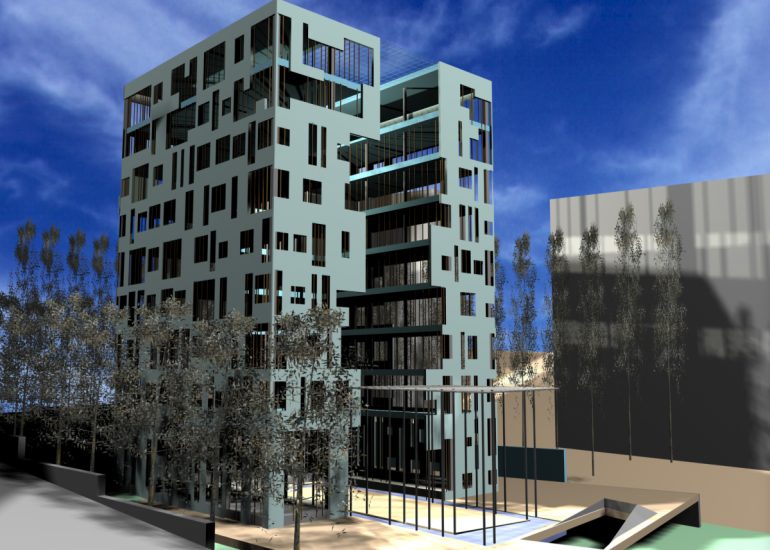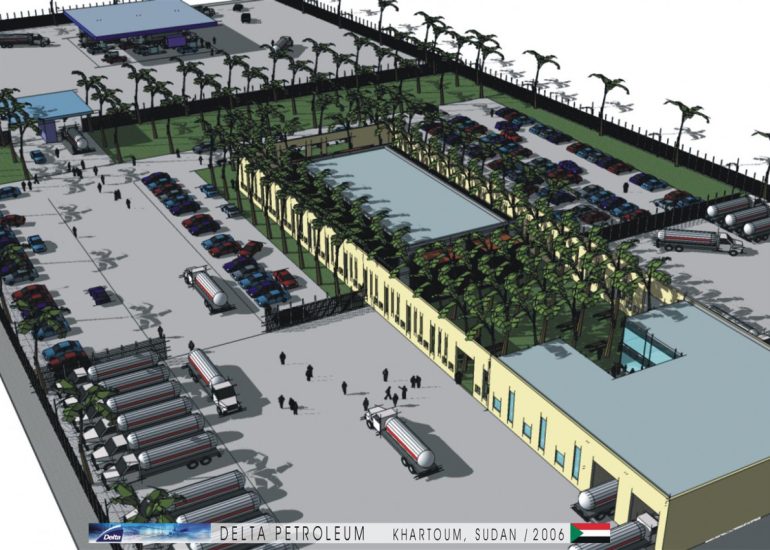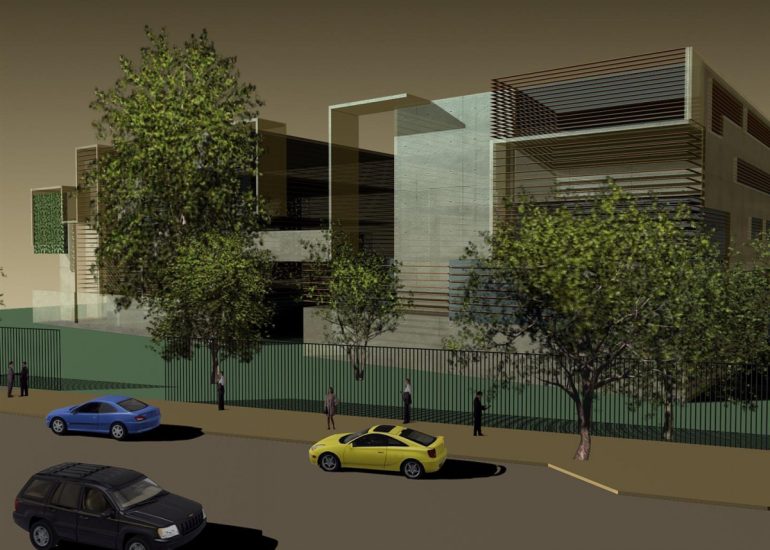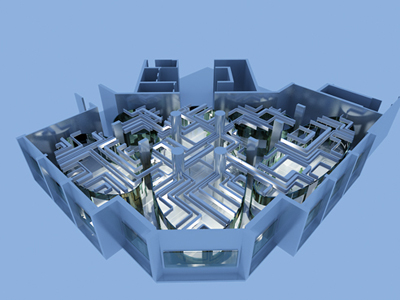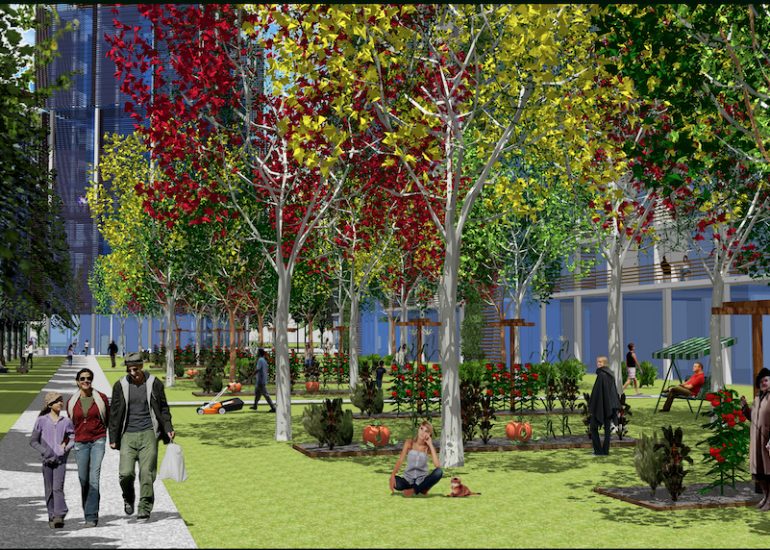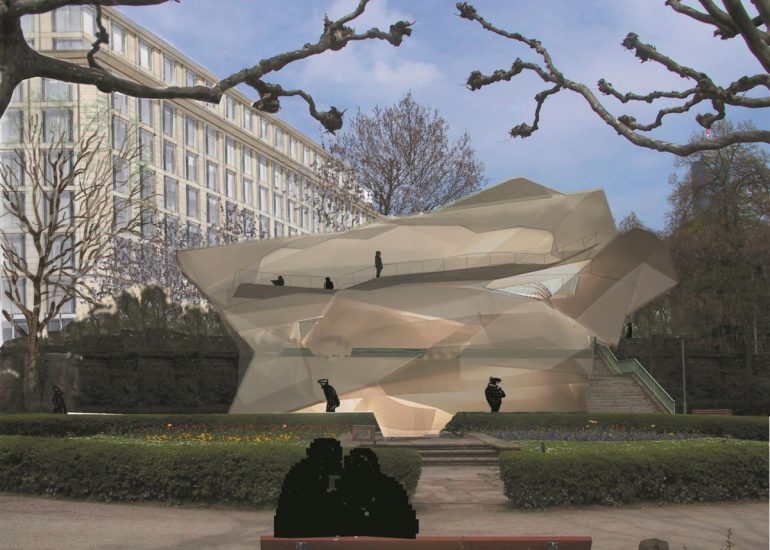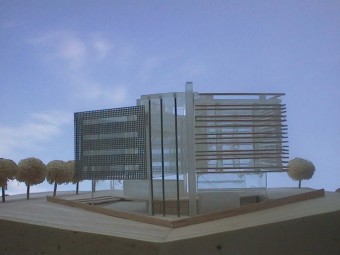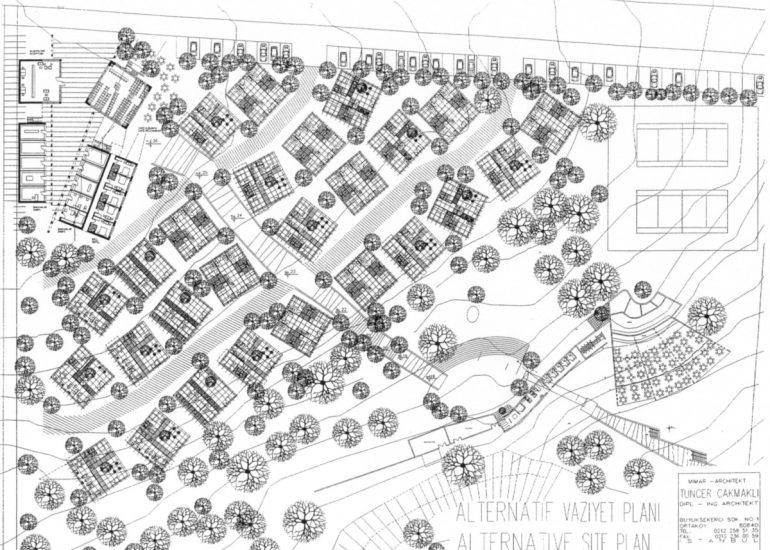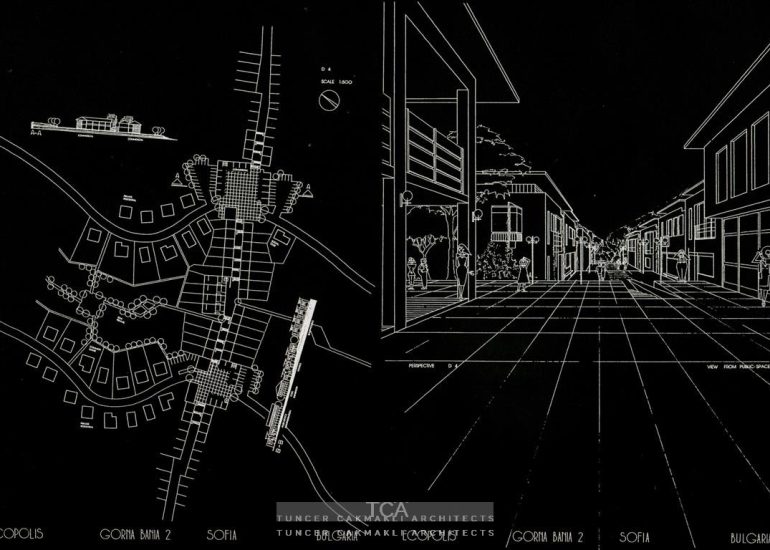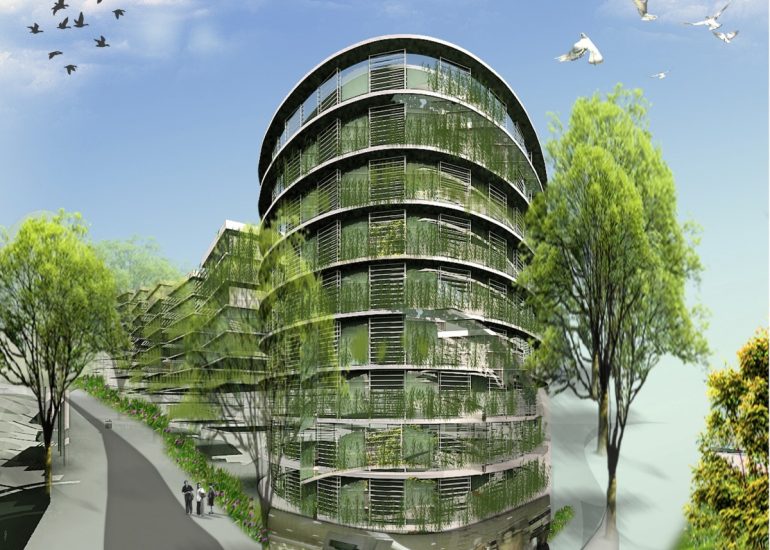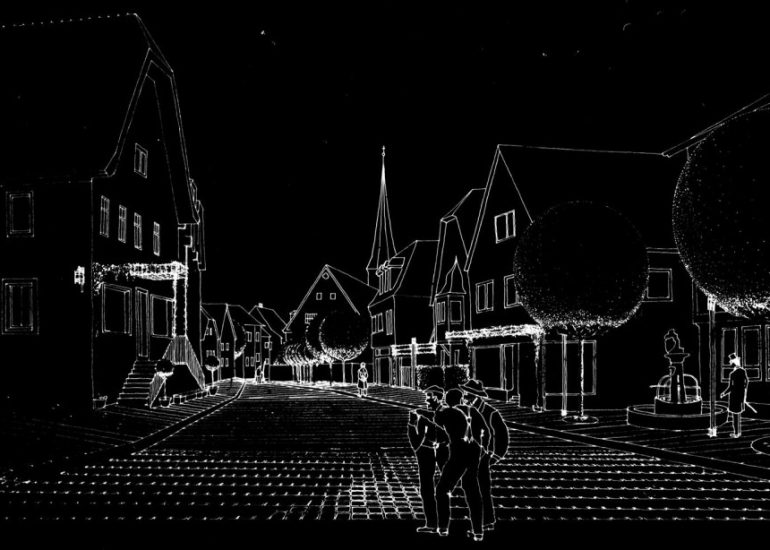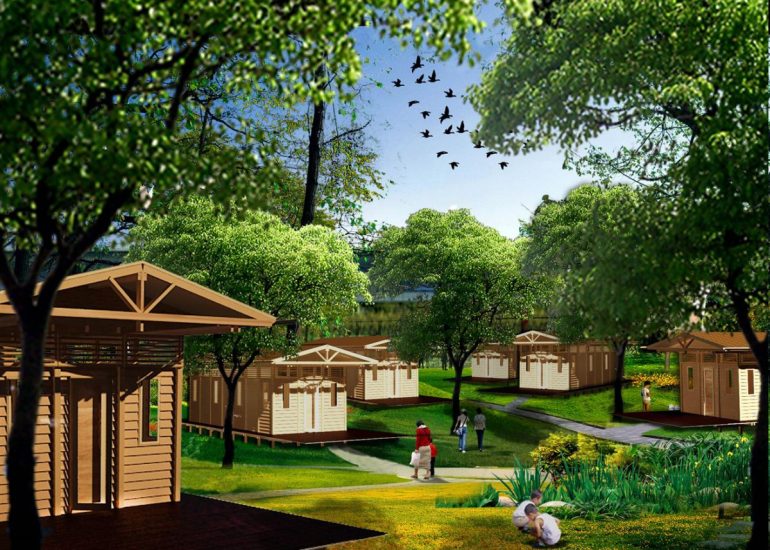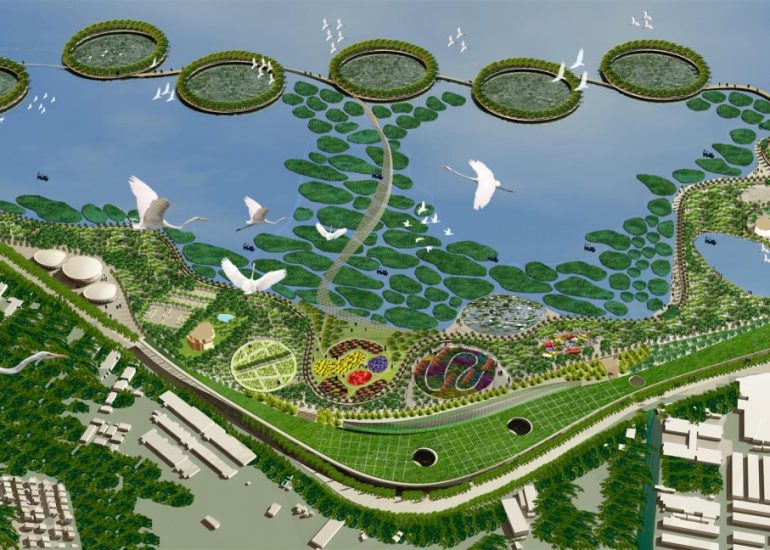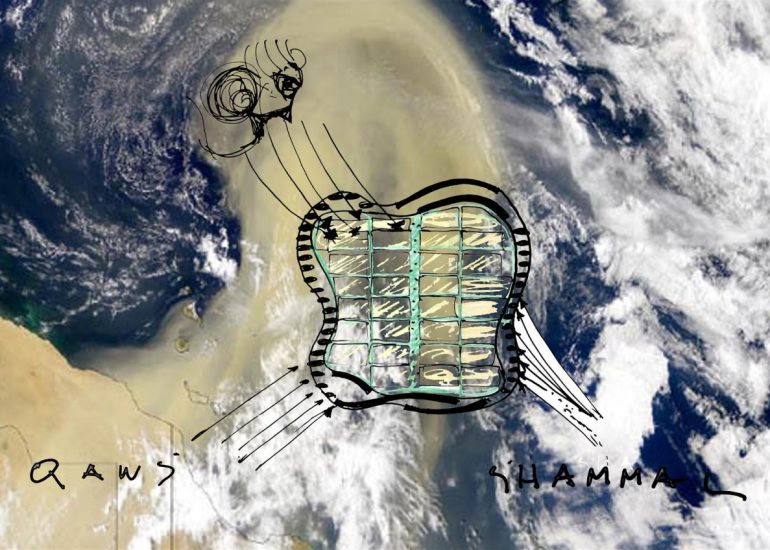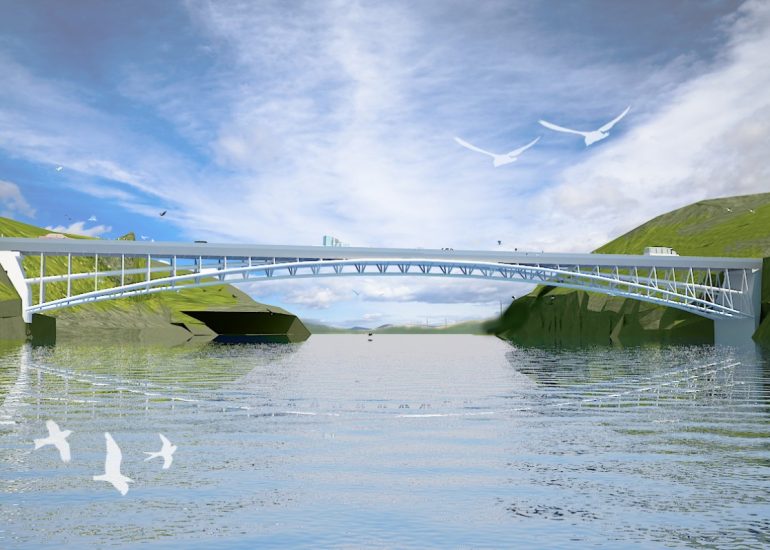German International School
SYDNEY - AUSTRALIA
Area
7000
Year
2003
Between Languages, Spaces, and Worldvıews: The German Internatıonal School Sydney
There are institutions that are more than places of learning. They are semantic bodies—architectural encyclopedias, where not only knowledge but entire worldviews are inscribed. The German International School Sydney is undoubtedly one of these rare entities. It is not merely a school. It is a bridge—not only between continents but between ways of thinking, between cultures and languages.
Let us consider: A German school in the heart of Australia is more than an export model of educational excellence. It is a semiotic paradox. Where the southern sky meets the intricacy of the German language, a space of possibilities emerges. In such spaces, Jorge of Burgos (the blind monk from The Name of the Rose) might say, one must not fear the diversity of knowledge.
This school is not merely a building with classrooms. It is an intellectual territory that spans from primary school to high school—a continuum where children learn not only to read and write, but to think. But what does this mean in architectural terms?
Here begins the second, perhaps more decisive text: the built one. Twenty architectural studios—invited from around the globe—have tried to translate the language of this school into space. Among them, TCA, a practice that doesn’t just construct, but composes meaning.
Imagine a learning street—not a corridor, but a pathway for the movement of the mind. It connects classrooms with workshops, exterior spaces with interiors, form with function. Not through authoritarian separation, but through playful articulation. Each volume speaks of an age group, of a life phase caught between discovery and orientation.
The multipurpose hall, often relegated to the margins of campus life, becomes here an agora. It is stage and playground, forum and retreat. A place where the body may express itself just as freely as the intellect—which, as we know, is often underestimated in curricula.
But perhaps the most remarkable quality is how open and closed the school is at once. How it allows for retreat without isolation. How it fosters discussion without noise. One does not simply enter classrooms. One enters spaces where thought begins—reminiscent of medieval scriptoria, yet with Wi-Fi.
And the students? They move through this microcosm as if through a small city—with plazas to play in, green lawns to rest on (the delightful neologism Staraase comes to mind), and niches for thinking. They learn to speak, to build, to question—in German, but with a gaze that reaches far beyond the alphabet.
Thus, the German International School Sydney stands not merely for a German educational ideal abroad. It is proof that pedagogy does not begin in textbooks, but in space. And that architecture—when it is wise—does not simply build walls, but opens doors to a different future.
——————————————————————————————————————————————————————
Dillerin, Mekânların ve Dünya Görüşlerinin Kesişiminde: German Internatıonal School Sydney
Bazı kurumlar vardır ki, yalnızca birer öğrenim yeri olmanın ötesindedirler. Onlar semantik bedenlerdir – yalnızca bilgiyi değil, tüm dünya görüşlerini de içinde barındıran mimari ansiklopedilerdir. German International School Sydney, bu nadir kurumlardan biridir. Bu okul yalnızca bir eğitim yapısı değil, aynı zamanda bir köprüdür – sadece kıtalar arasında değil, düşünme biçimleri, kültürler ve diller arasında inşa edilmiş bir köprü.
Şunu unutmamak gerekir: Avustralya’nın kalbinde bir Alman okulu, yalnızca pedagojik erdemlerin bir ihraç modeli değildir. O aynı zamanda bir göstergebilimsel paradoksdur. Güney gökyüzünün, Almanca’nın yoğun yapısıyla kesiştiği yerde, olasılıklarla dolu bir mekân doğar. Bu tür yerlerde, Gülün Adı’ndaki kör keşiş Jorge de Burgos’un da söyleyeceği gibi, bilgilerin çeşitliliğinden korkulmamalıdır.
Bu okul yalnızca sınıflardan oluşan bir bina değildir. Anaokulundan lise sonuna kadar uzanan bir düşünsel bölgedir – çocukların yalnızca okumayı ve yazmayı değil, düşünmenin kendisini öğrendiği kesintisiz bir mekânsal deneyim. Peki, bu ne anlama gelir mimari bir dille?
İşte burada ikinci – ve belki de daha belirleyici – metin başlar: inşa edilmiş olan. Dünyanın dört bir yanından davet edilen yirmi mimarlık ofisi, bu okulun dilini mekâna çevirmeye çalıştı. Bunlar arasında, yalnızca bina inşa etmeyen, aynı zamanda anlam inşa eden bir ofis olan TCA da yer aldı. Onların tasarımı bir jest değil, bir tezdir.
Hayal edin: bir öğrenme sokağı – sıradan bir koridor değil, zihnin hareket alanı. Bu hat, sınıfları atölyelere, iç mekânları dış mekânlara, biçimi işlevle buluşturur. Bunu otoriter ayrımlarla değil, oyunbaz bir mekânsal kurgu ile yapar. Her bir yapı kütlesi bir yaş grubunu, keşif ile yön bulma arasında gidip gelen bir yaşam evresini anlatır.
Çok amaçlı salon – ki genellikle okul bahçesinin kıyısına itilmiş bir alandır – burada bir agoraya dönüşür. Sahnedir ve oyun alanıdır; forumdur ve sığınaktır. Bedenin de tıpkı zihin kadar ifade bulabildiği bir yer – ki bu, birçok eğitim müfredatında yeterince takdir edilmeyen bir şeydir.
Ama belki de en dikkat çekici olan, bu okulun aynı anda hem açık hem de kapalı olabilme biçimidir. İzolasyona neden olmadan geri çekilmeye izin verir. Gürültü yaratmadan tartışmayı mümkün kılar. Bu okulda sınıflara sadece girilmez; düşüncelerin doğduğu, zihinsel kıvılcımların çaktığı alanlara adım atılır – Ortaçağ’daki yazı odalarını anımsatır ama bu kez Wi-Fi bağlantısıyla.
Ve öğrenciler? Bu mikrokozmosta, küçük bir şehirdeymişçesine dolaşırlar – oyun alanları olan avlularla, dinlenmek için “staraaseler”le (ne hoş bir kelime yaratımı!) ve düşünceye ayrılmış nişlerle çevrilidirler. Almanca konuşmayı, inşa etmeyi ve soru sormayı öğrenirler – ama yalnızca dil üzerinden değil, alfabenin ötesine uzanan bir dünya görüşüyle.
Dolayısıyla German International School Sydney, yurtdışındaki Alman eğitim anlayışının yalnızca bir örneği değildir. Aynı zamanda bize şunu gösterir: Pedagoji ders kitaplarında değil, mekânda başlar. Ve mimarlık – eğer gerçekten zekice yapılırsa – yalnızca duvarlar örmez, başka bir geleceğe açılan kapılar da inşa eder.
Budget:14000000
Location:Sydney,Australia














